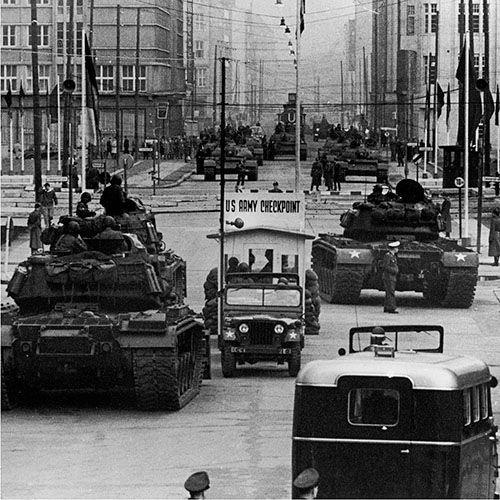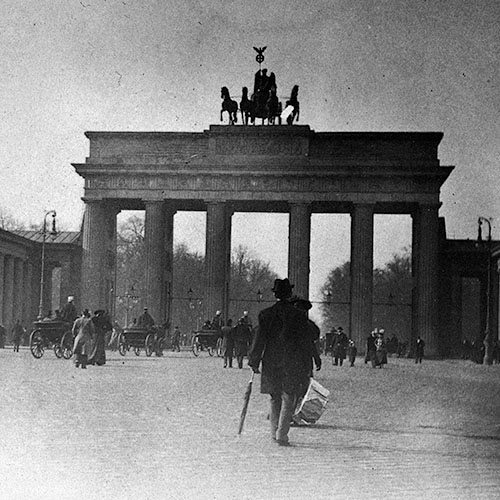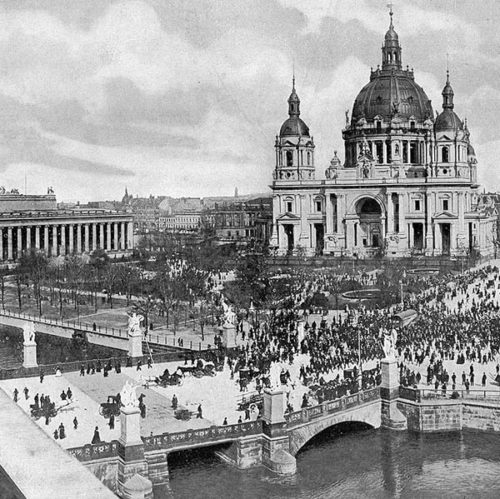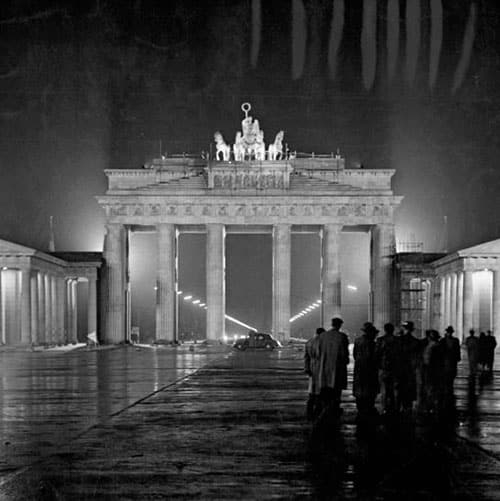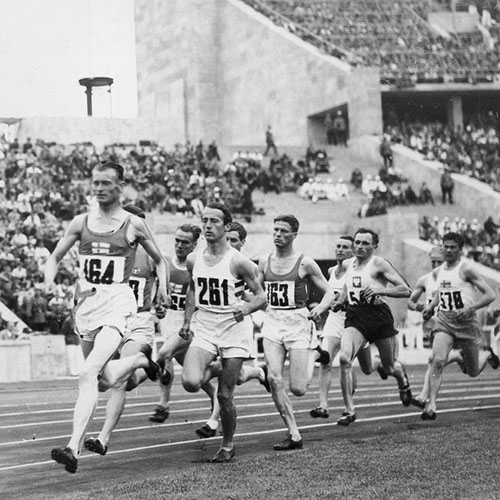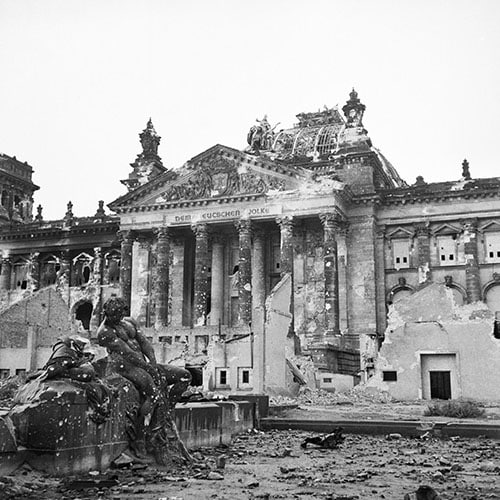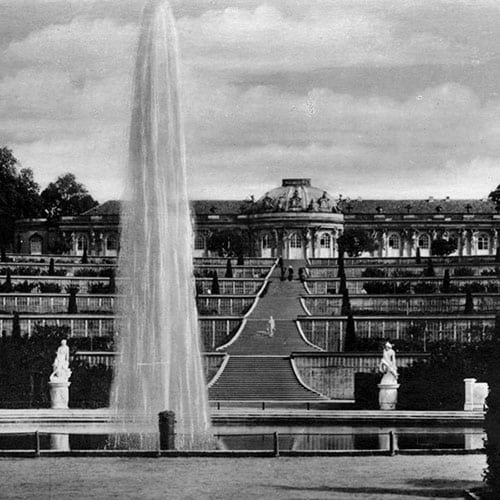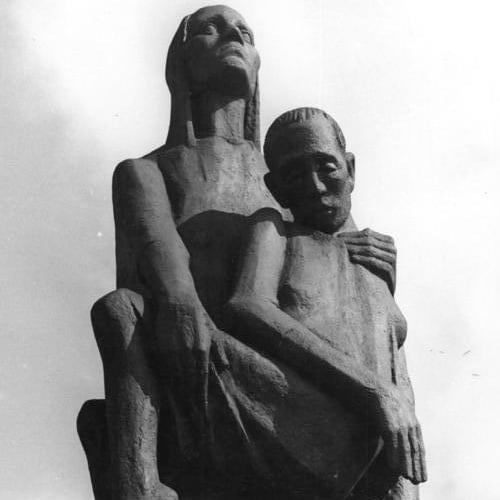“Berlin is no beauty, to be sure, but for those captivated by her she does have a strange, rough magic, an endearing resilient spirit that is hard to define.”
Alexandra Ritche – Faust’s Metropolis
Today, Berlin is Germany’s largest city by both population and area, home to the country’s federal government and its official capital. A sprawling metropolis that bears the deep scars and vibrant triumphs of history on every street corner.
Yet, it is far from the nation’s most industrious hub. It is not its richest city; in fact, recent studies have shown it is one of the few world capitals to have a net negative effect on its country’s GDP. Frankfurt remains the financial heart, Munich and Stuttgart the industrial powerhouses.
Berlin is not located within the country’s largest state, nor is it its oldest city. It is a loss leader, known more for its seismic cultural and historical relevance than for generating wealth.
So, what made this city so special?
Why, after a century of turmoil that saw it become the capital of a militaristic empire, a doomed republic, a criminal dictatorship, and a divided nation, was it once again chosen to lead a reunified Germany?
The answer is a dramatic saga of ambition, ideology, violence, and an unbreakable will to endure.
–

1991 - Berlin Rises Again
“Berlin is all about volatility. Its identity is based not on stability but on change.”
Rory MacLean
For much of the 20th century, there were two Germanies, split asunder by the Cold War, each with its own capital.
The German Democratic Republic (GDR) in the East defiantly made East Berlin its capital, ignoring post-war agreements and cementing the city’s status as the frontline of an ideological global conflict.
For the communists, Berlin was always a prize. When Karl Marx, an alumnus of Berlin’s university, prophesied a great revolution in an industrialised nation, he was looking at the teeming, politically charged streets of Berlin rather than anywhere further east.
Vladimir Lenin initially shared the same outlook and saw Berlin as the key to a world revolution, just as Adolf Hitler would later see it as the key to a German one.
In the western part of Cold War divided Germany, the Federal Republic (FRG) sought out a new, untainted seat of government. In 1949, the sleepy university town of Bonn was chosen. The selection was deliberate. Frankfurt, a more obvious and powerful candidate, was rejected. Bonn was small, provincial, and, crucially, located far to the west. It symbolised a humble, new beginning, away from the Prussian militarism and Nazi megalomania so deeply associated with Berlin. Bonn was modest, stable, and reassuringly dull—the perfect antidote to Germany’s catastrophic recent past.
The writer Elias Canetti, reflecting on the horrors of the war, wrote in 1943 that he could no longer look at a map as ‘the names of cities reek of burnt flesh’. Bonn was a name that carried no such stench.
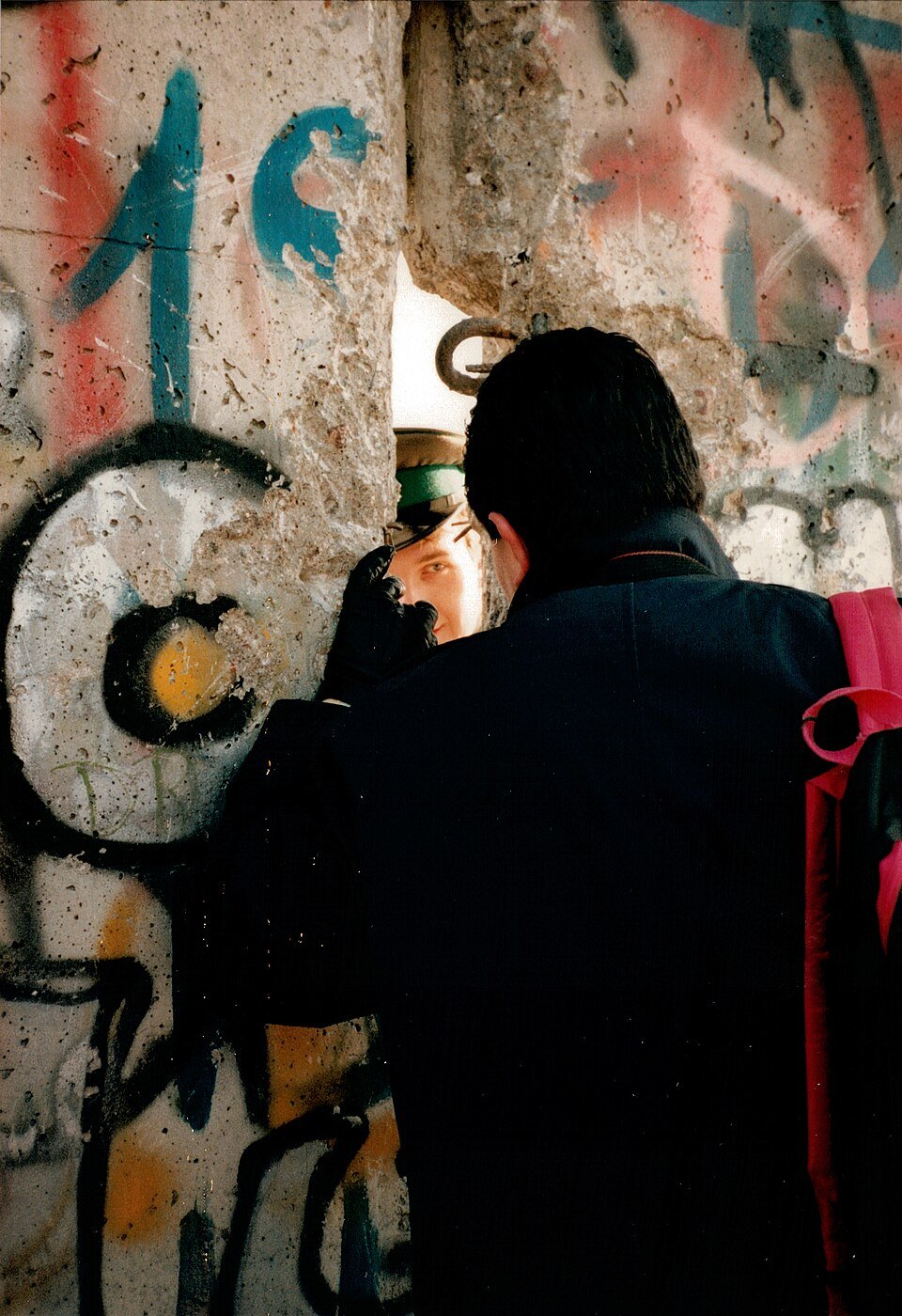
This arrangement was shattered on November 9th 1989, when the Berlin Wall fell. Less than a year later, on August 31st 1990, the Unification Treaty was signed, officially naming Berlin the ‘Capital of United Germany’.
But this was largely symbolic. The real battle was yet to come: where would the government actually sit?
What followed was one of the most passionate and divisive debates in modern German history.
On June 20th 1991, the German Bundestag convened for a marathon 12-hour session to decide the nation’s future. The arguments were fierce. Supporters of Bonn, the “federal village,” championed its legacy as the cradle of West Germany’s peaceful, prosperous, and democratic history. They warned against returning to a city whose name was synonymous with imperialism and totalitarianism. They pointed to the astronomical costs of moving—estimates ranged from $34 billion to $41 billion—at a time when the economic burden of absorbing East Germany was already immense. A popular sticker supporting Bonn read: “Stop the game of billions. Stop the relocation madness.”
Proponents of Berlin argued that the move was essential to truly “complete the unification of Germany.” They saw it as a powerful gesture of reconciliation towards the 17 million East Germans, a sign that they were not merely being annexed by the West but were central to the new nation’s identity.
Former Chancellor and West Berlin Mayor, Willy Brandt, famously dismissed Bonn as a “cocktail party capital” and argued that Berlin “deserved” more than an empty title. Chancellor Helmut Kohl, a powerful advocate for Berlin, spoke emotionally of the city’s role in overcoming division.
When the final vote was tallied, the result was stunningly close. By a margin of just 337 to 320, the Bundestag voted to move the seat of government to Berlin.
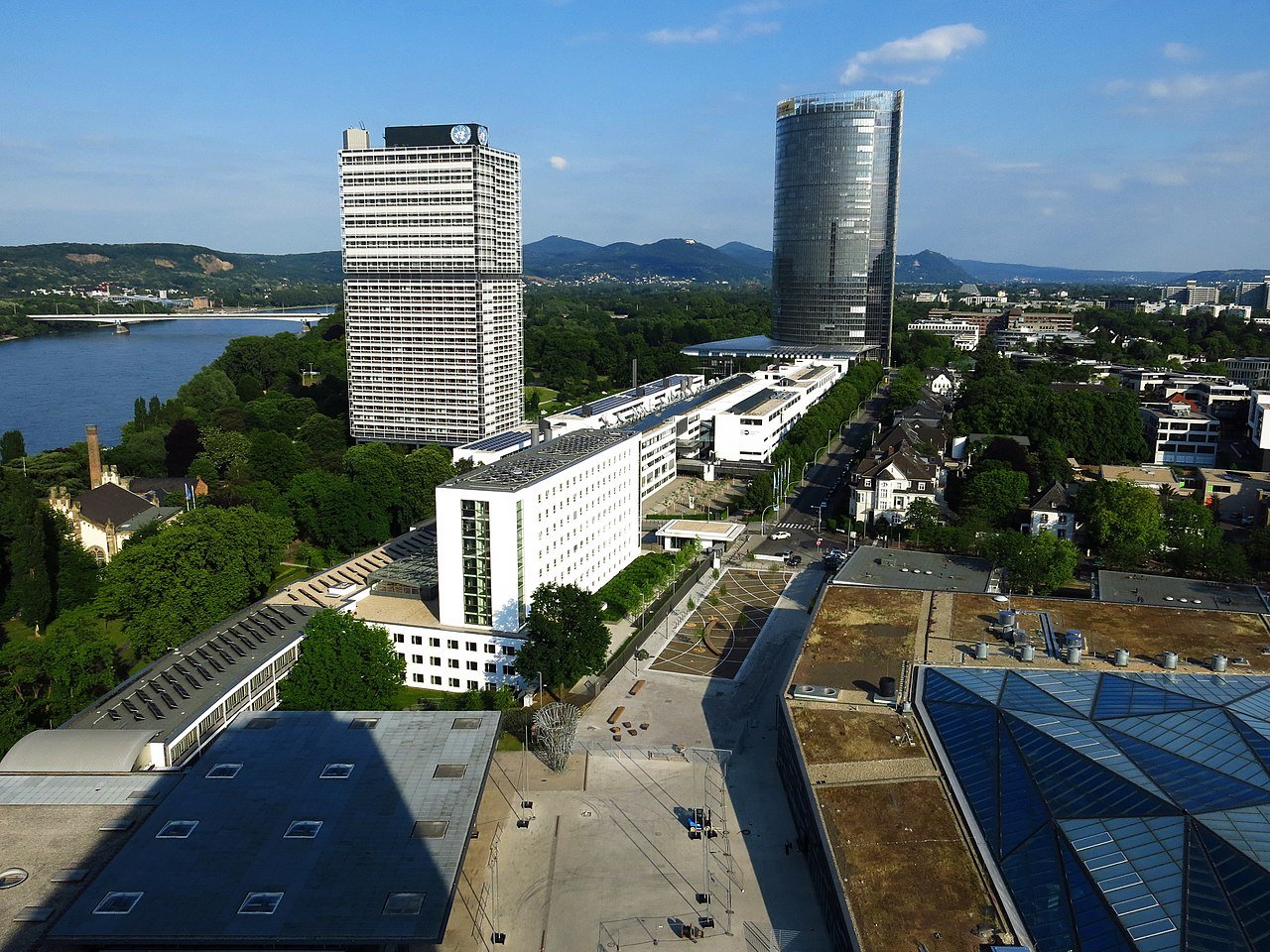
The decision split the country largely along regional and generational lines.
Legislators from the south and west tended to favour Bonn, while those from the north and, crucially, the newly integrated east, voted for Berlin. The votes of the eastern German representatives tipped the balance, a poignant symbol of their new role in the unified state.
The decision was enshrined in law with the Berlin-Bonn Act of 1994, which outlined a phased transfer to be completed by 1999.
Bonn was not abandoned; it was granted the unique title of “Federal City” and remains the headquarters for six federal ministries, a second home for the government.
But the primary seat of power was returning to the city on the Spree. This necessitated a colossal building project, centred on the revitalisation of the Reichstag building, which had stood largely derelict since the infamous 1933 fire that propelled the Nazis to absolute power.
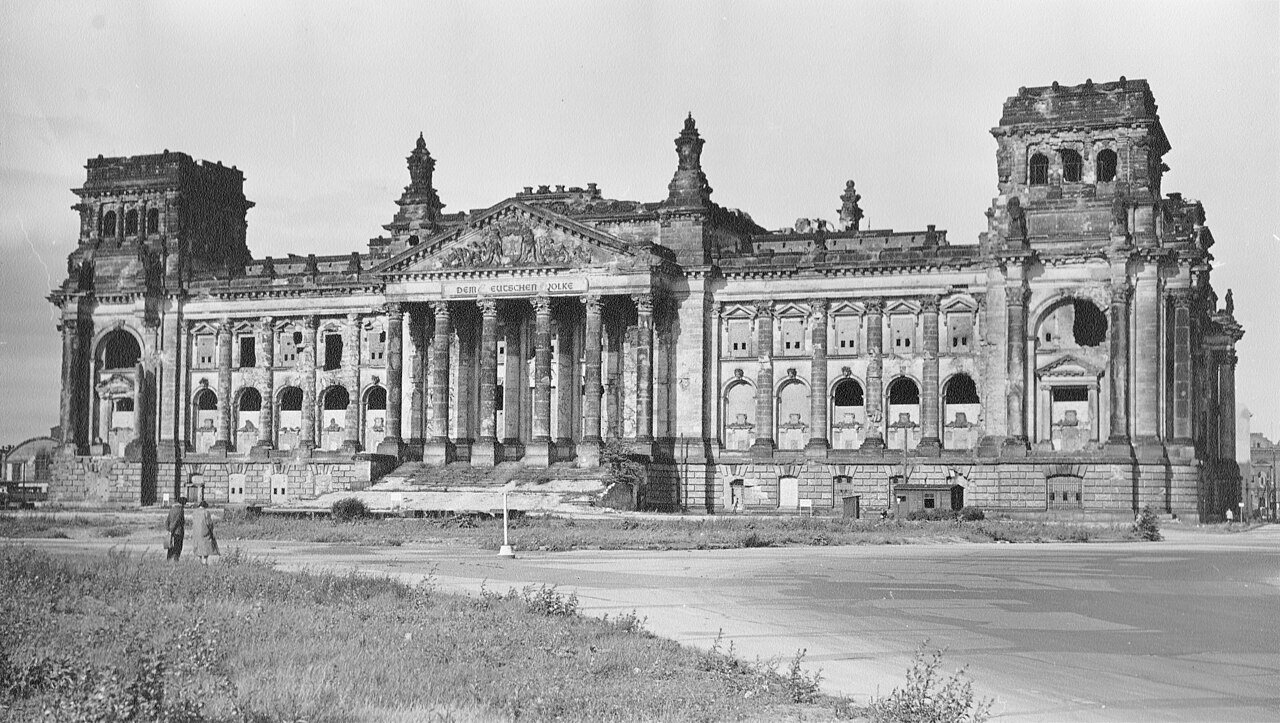
The euphoria of the decision soon gave way to the harsh realities of its implementation. The sheer cost and complexity of the move became a sore point across Germany. Wessis (Westerners) grumbled about the ‘Solidarity Tax’ siphoning money to the east, while Ossis (Easterners) faced soaring unemployment and social issues as their state-run economy collapsed. The birthrate in the east, for instance, fell by 60 percent between 1989 and 1992.
Other major cities felt sidelined, fearing that too much investment was being funnelled into the new capital.
The architect Axel Schultes, tasked with designing the new government quarter, lamented the frantic pace, quoting the 19th-century novelist Theodor Fontane’s critique of a previous Berlin building boom: ‘the city is growing, but the botching continues’.
Yet, Wolfgang Schäuble, a key figure in the reunification process, implored Germans to look beyond the immediate difficulties. The move, he insisted, was ‘not about the work place, moving or travel costs… in reality it is about the future of Germany.’
Berlin was chosen not because of its dark history, but in spite of it.
It was a conscious decision to confront the past, to build a new, transparent democracy in the very rooms where tyranny had been plotted. In truth, the 1991 vote was not about making Berlin the capital—the Unification Treaty had already done that. It was about reaffirming a status Berlin had held ever since a unified Germany was first forged from “Iron & Blood” in 1871.
To some in 1991, it seemed only right that Berlin’s central status be fully restored – as both the capital and home to the seat of government – a matter of destiny fulfilled.
This a reprojection of the mood that had swept the city in 1871 when Berlin first became the capital of Germany.
–

1871 - German Unification & The Heart Of Prussia
“The great questions of the day will not be settled by means of speeches and majority decisions but by iron and blood.”
Otto von Bismarck – September 30th 1862
When Berlin was declared the capital of a newly unified German Empire in 1871, the optimism was boundless.
Newspapers dedicated endless pages to ‘the phenomenon that is Berlin’. A 1900 guidebook hailed it as ‘the most glorious city in the world’, the seat of emperors and kings, boasting a population of over three million and a garrison of 23,000 men. It was, the guide claimed, ‘the richest city in Europe’.
This meteoric rise was not preordained. For centuries, Vienna, the seat of the Habsburgs – the royal family who had dominated the Holy Roman Empire, was the undisputed centre of the German-speaking world.
Berlin’s ascent was entirely the result of the ruthless ambition and military prowess of one German state: the Kingdom of Prussia. The city’s destiny was forged not by geography or ancient prestige, but by the will of the Hohenzollern dynasty and its formidable army.
The story of Prussia is one of transforming a peripheral state into a European superpower. Frederick I crowned himself the first “King in Prussia” in 1701. His son, Frederick William I, the “Soldier King,” poured the kingdom’s resources into creating the most disciplined and efficient army in Europe. It was his son, however, Frederick II—Frederick the Great—who wielded this army like a surgical instrument to carve out a place for Prussia among the great powers. His stunning victories against the combined might of Austria, Russia, and France in the Seven Years’ War cemented Prussia’s reputation.
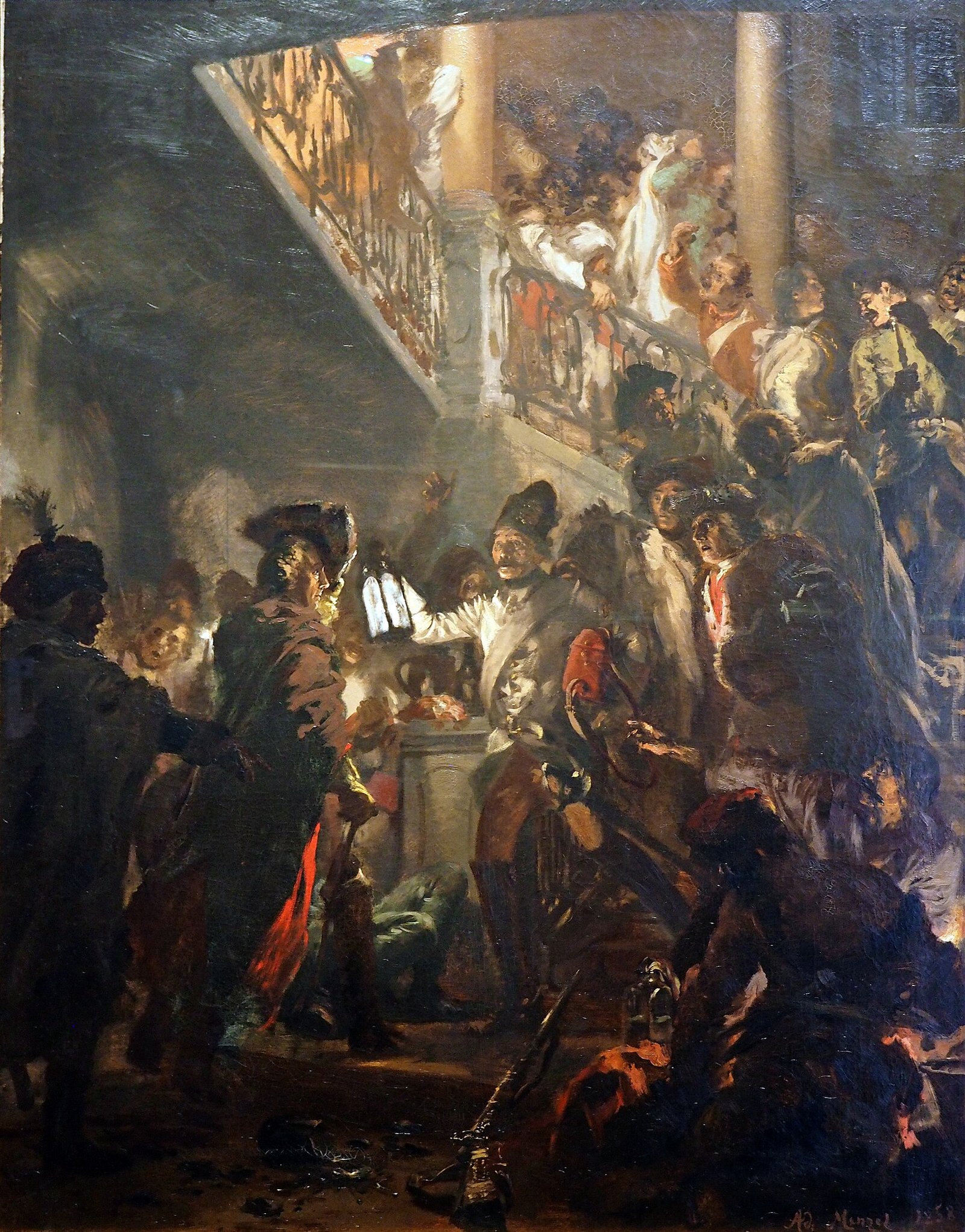
But Frederick was more than a brilliant general. A friend of Voltaire and a true monarch of the Enlightenment, he transformed Prussia into a beacon of progress. He introduced one of Europe’s first codified legal systems, abolished torture, and promoted freedom of speech and religion. Berlin became a haven for the persecuted, welcoming French Huguenots, Dutch traders, and Silesian Catholics, for whom he even built a grand cathedral, St. Hedwig’s, in the heart of his Protestant capital.
This dual identity—a centre of both military might and intellectual life—defined 19th-century Berlin. It was the city of generals like von Moltke but also of the philosopher Hegel and the pathologist Virchow. And it was the city of a new breed of industrial titans—Siemens, Borsig, Rathenau—who transformed it from a modest manufacturing town into the most powerful industrial city in Europe.
In 1836, an industrialist named August Borsig opened an iron foundry in the poor district of Moabit; within a few years, he was the largest locomotive maker on the continent.
The novelist Wilhelm Raabe wrote, ‘The German Empire was founded when the first railway was built,’ as the new technology stitched the fragmented German states together.
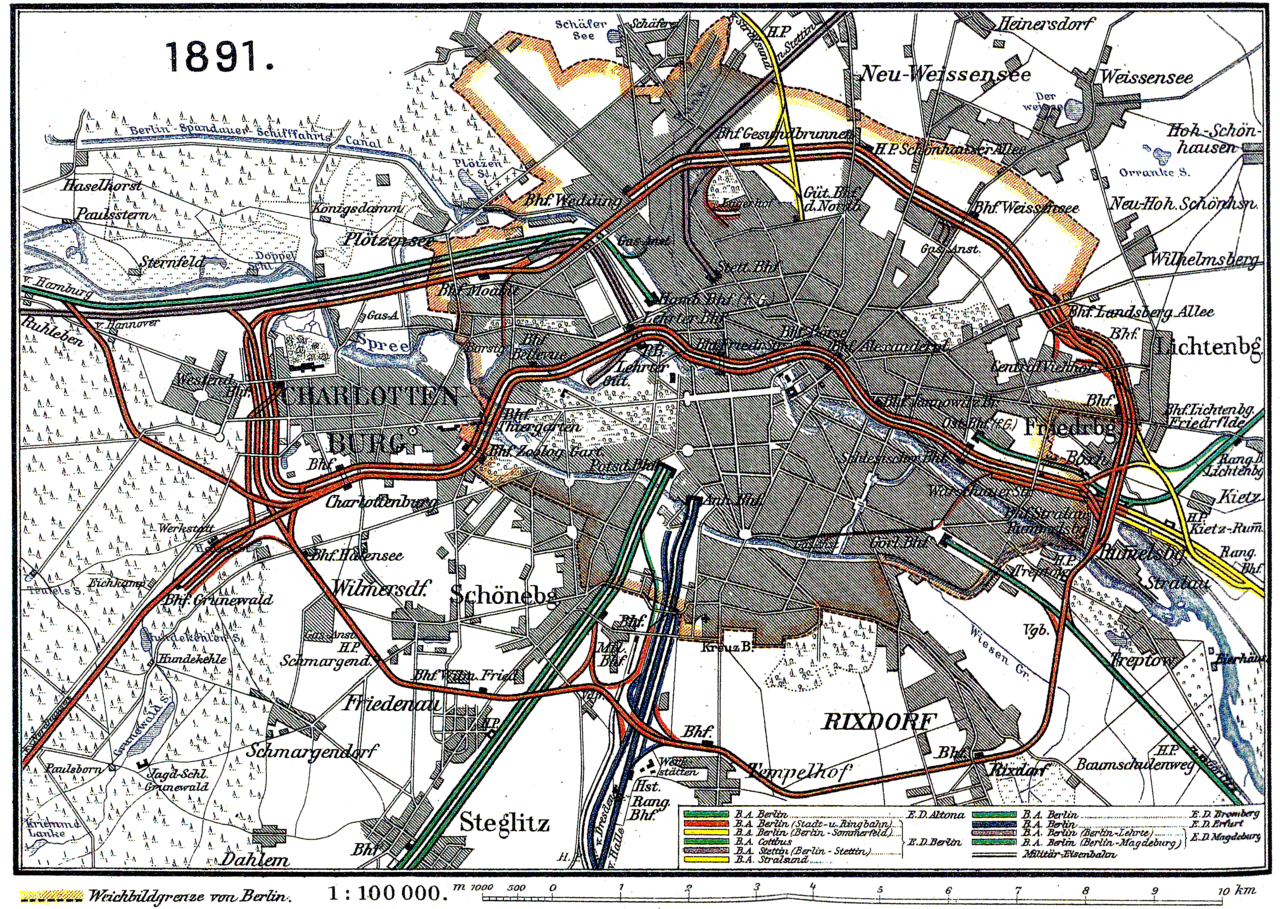
In 1882, Werner Siemens installed Germany’s first electric streetlights on Potsdamer Platz. Two years later, the legendary Café Bauer on Unter den Linden dazzled patrons with the world’s first electrical interior lighting—though the system malfunctioned and burned the building to the ground days later.
This was the new Berlin: brash, innovative, and moving at breakneck speed. The writer Sybille Bedford aptly called it ‘the parvenu capital of Europe’. The old bucolic world Theodor Fontane had described as a ‘desert panorama, crisscrossed with asparagus beds’ was gone forever.
The political unification of this burgeoning economic power was engineered by one man: Otto von Bismarck, the ‘Iron Chancellor’. Appointed Minister President of Prussia in 1862 by King Wilhelm I, Bismarck was a master of Realpolitik.
In a now-legendary speech, he declared that the great questions of the day would not be decided by “speeches and majority resolutions – that was the great mistake of 1848 and 1849 – but by iron and blood”.
Between 1864 and 1871, Bismarck orchestrated three short, decisive wars. First against Denmark, then a stunning victory over Austria in 1866 that ended Vienna’s influence over German affairs, and finally against France in the Franco-Prussian War of 1870-71.
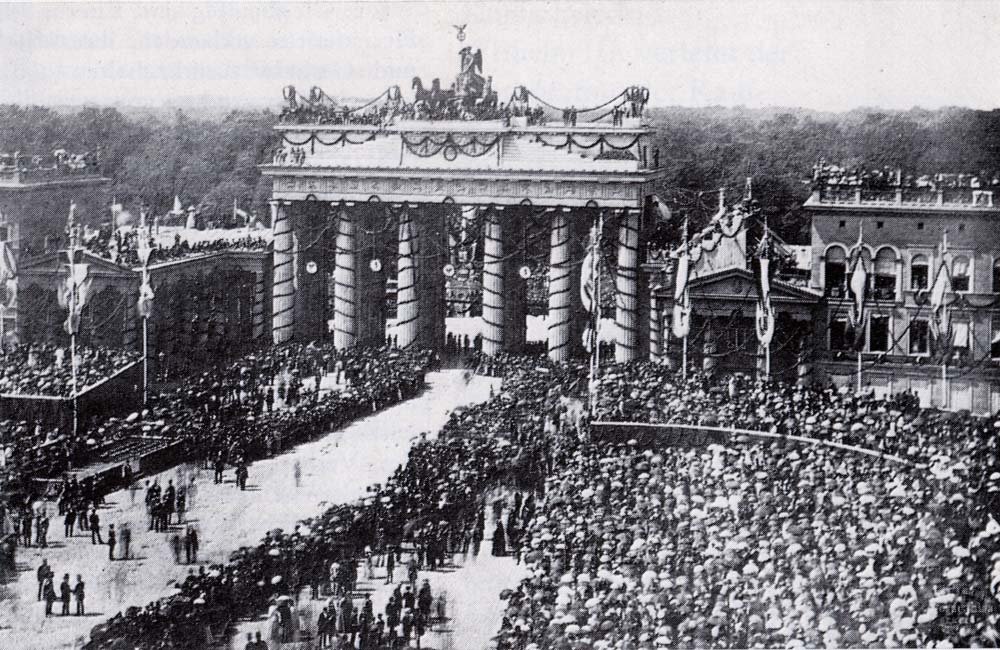
Victory in this final conflict was the capstone of his plan.
On January 18th 1871, in a moment of supreme triumph for Prussia and profound humiliation for France, the German Empire was proclaimed in the Hall of Mirrors at the Palace of Versailles. The Prussian King, Wilhelm I, who had been reluctant about the whole affair, was crowned the first German Emperor.
Berlin was the obvious choice for the new imperial capital. Yet, the decision was not without debate. Many Germans, particularly in the south, viewed the city as a symbol of arrogant, militaristic Prussia.
But Berlin’s economic and industrial supremacy was undeniable. It was the heart of the railway network, the financial hub, and the driving force of the new empire. It had become, through sheer force of will, the centre of Germany.
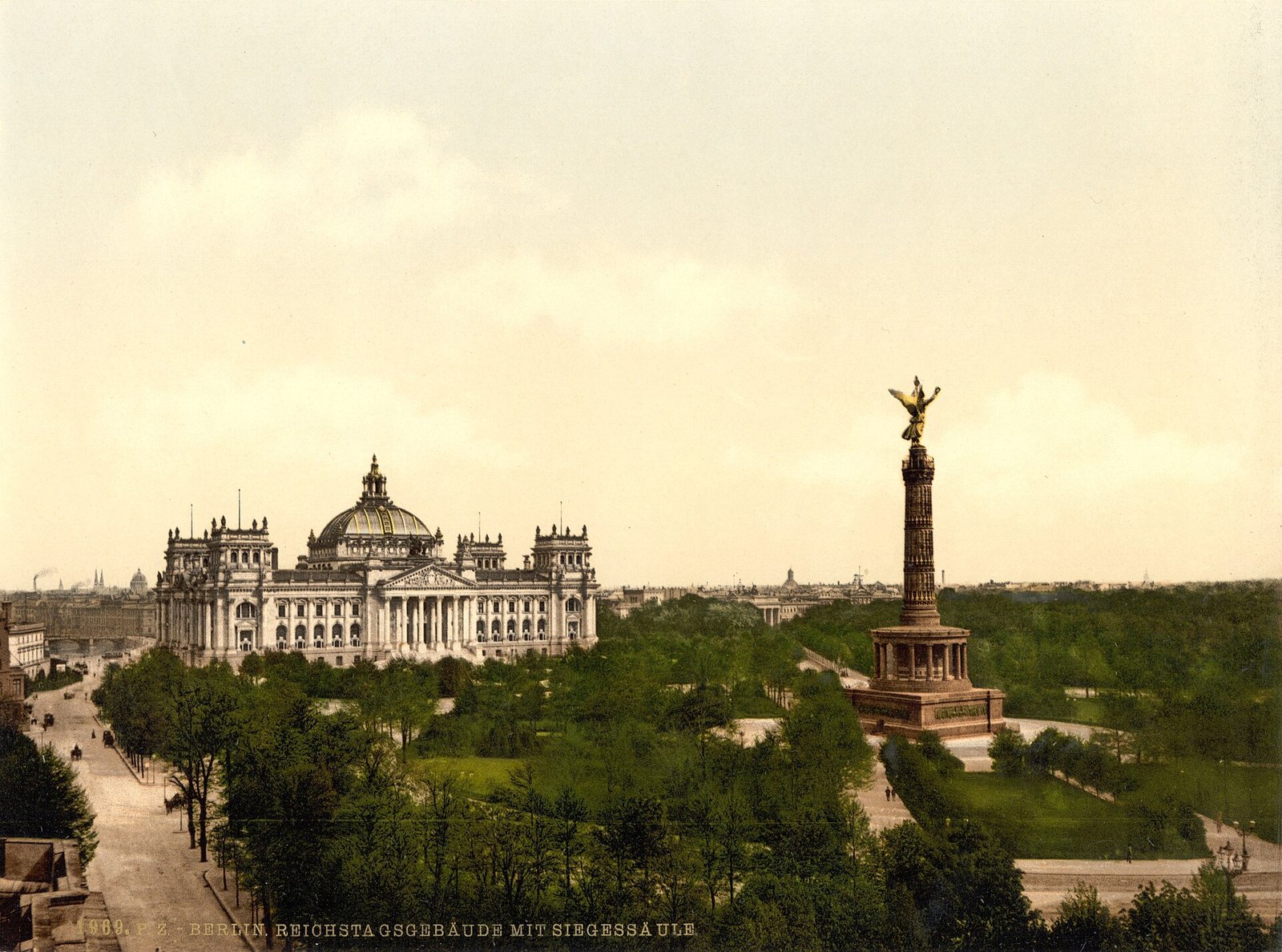
The new status was immortalized in stone and bronze. The Victory Column, or Siegessäule, initially begun to commemorate the victory over Denmark, was redesigned to celebrate all three unification wars. Topped with a gilded statue of Victoria, the Roman goddess of victory, it is known to Berliners today with a grudging affection as ‘Gold Else’.
The German Empire, born in triumph, would come to a catastrophic end in the trenches of World War I. The emperor, Wilhelm II, abdicated and fled to the Netherlands. In the chaos that followed, politicians met in the quiet city of Weimar to establish a new democratic republic. But Berlin, despite the street fighting and political instability, remained the capital throughout the tumultuous 1920s and into the dark days of the 1930s. The great ministries built by the Prussian state would continue to serve the German government, waiting for the next, most terrible chapter in the city’s history.
–
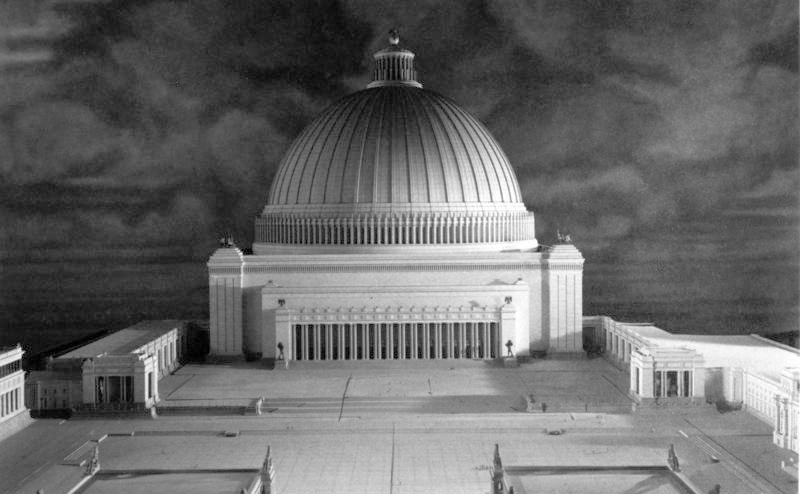
Germania - The Nazi World City
“The Earth is littered with the ruins of empires that believed they were eternal.”
Camille Paglia
For the Nazi Party, a movement born in the beer halls of Munich, conquering Berlin was both a strategic and symbolic necessity. The German capital was a bastion of the political left, a vibrant, multi-ethnic metropolis that represented everything they despised. They called it “Red Berlin.” To truly become a pan-German movement, they had to take and hold the capital.
The man Hitler tasked with this mission was Joseph Goebbels. Appointed Gauleiter (District Leader) of Berlin in 1926, Goebbels unleashed a relentless campaign of propaganda and political agitation. He was a master of manipulating the city’s anxieties, using his newspaper, Der Angriff (The Assault), to rail against communists and Jews. His tactics of provocation and street violence were designed to shatter the democratic order and win the capital for the Nazis. His success in this brutal campaign cemented his position in Hitler’s inner circle and led to his eventual role as the Reich’s Minister of Propaganda.

Once in power, the Nazis sought to hijack Berlin’s legacy for their own. They drew on the history of Prussia and the German Empire, twisting it into a narrative that culminated in their own “Thousand-Year Reich.” Berlin was not just to be the capital; it was to be reborn as the capital of the world.
Adolf Hitler harboured grandiose architectural visions for the city, plans he developed with his chief architect, Albert Speer. After their planned victory in World War II, Berlin was to be razed and rebuilt as Welthauptstadt Germania (World Capital Germania). This project was megalomania rendered in concrete and steel.
The plans centred on a monumental north-south axis, a grand boulevard called the Avenue of Splendors, which would dwarf the Champs-Élysées in Paris. At one end would stand a Triumphal Arch so enormous that its Parisian counterpart could have fit comfortably inside its opening.
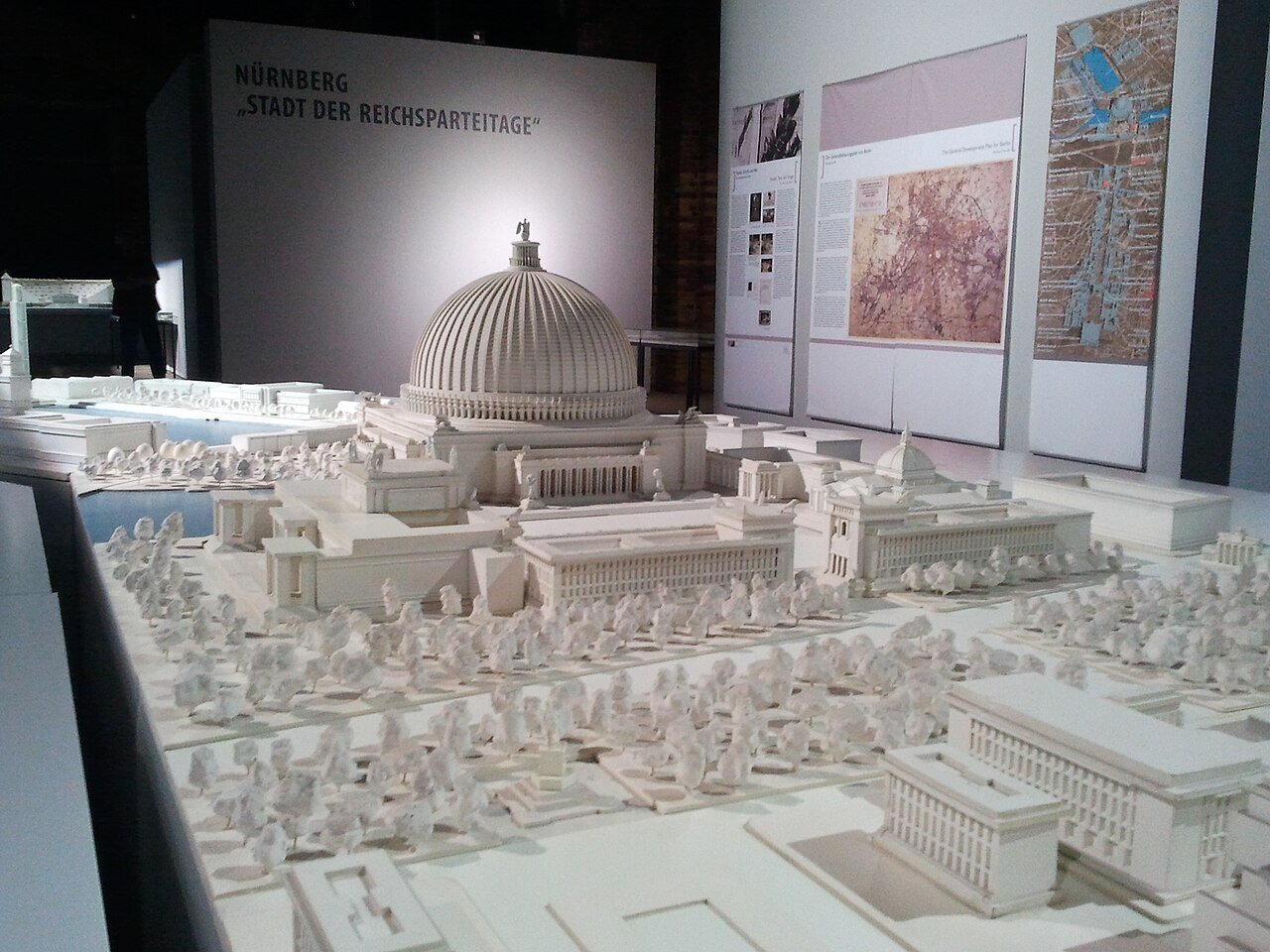
At the other end, the crowning jewel of Germania: the Volkshalle, or People’s Hall. This colossal domed assembly hall, inspired by the Pantheon in Rome, was designed to hold 180,000 people. Its dome would have been sixteen times larger than that of St. Peter’s Basilica, so vast that planners worried the breath of the assembled crowds could create its own indoor weather system. Existing landmarks like the Brandenburg Gate and the Reichstag would have been dwarfed, rendered insignificant by the sheer scale of the Nazi vision.
Only a few elements of this monstrous plan were ever realized. The East-West axis was broadened (today’s Straße des 17. Juni), and the Victory Column was moved to its current location in the Tiergarten park. But the war intervened. To test the marshy Berlin soil for the massive Triumphal Arch, Speer’s engineers built a gigantic concrete cylinder, the Schwerbelastungskörper (heavy load-bearing body).
It still stands today in the district of Tempelhof, a bizarre and chilling monument to a nightmare that was never fully built.
The Germania project was not just an architectural fantasy; it had a sinister, practical purpose. The planned demolitions were used as a pretext to evict thousands of Jewish families from their homes, driving them into ever more crowded ghettos and, eventually, to the concentration camps.
The dream of Germania was inextricably linked to the Holocaust, a plan to build a new world on the rubble of the old and the ashes of its victims.
–

Berlin - Then & Now
“The way our big cities change sucks. The beauty of cities was that they were edgy, sometimes even a little dangerous. Artists, poets, and activists could come and unify and create different kinds of scenes. Not just fashion scenes, scenes that were politically active. Big cities are getting so high-end oriented, business corporate fashion, fashion not in an artistic sense but in a corporate sense. For me that edgy beauty of cities is lost, wherever you go.”
Patti Smith
There was talk at the end of the Second World War of simply moving on from Berlin – so ruined as it was by the successive Allied air raids and Soviet conquest of the city – that it was openly suggested it would be better to build a new city nearby and abandon the rubble.
However, after its near-total destruction in 1945, Berlin ultimately spent the next four decades as a broken city, the epicentre of the Cold War. But even as an “encircled island,” West Berlin cultivated a unique identity. In a 1963 conversation in The Atlantic magazine, the novelist Günter Grass articulated this special status. West Germany, he said, ‘sickened me’ with its relentless focus on business. ‘Berliners are not so easily fobbed off with platitudes,’ he argued. ‘Berlin is probably the only city in Germany that can boast of an atmosphere which is genuinely metropolitan. The other cities are much more provincial.’
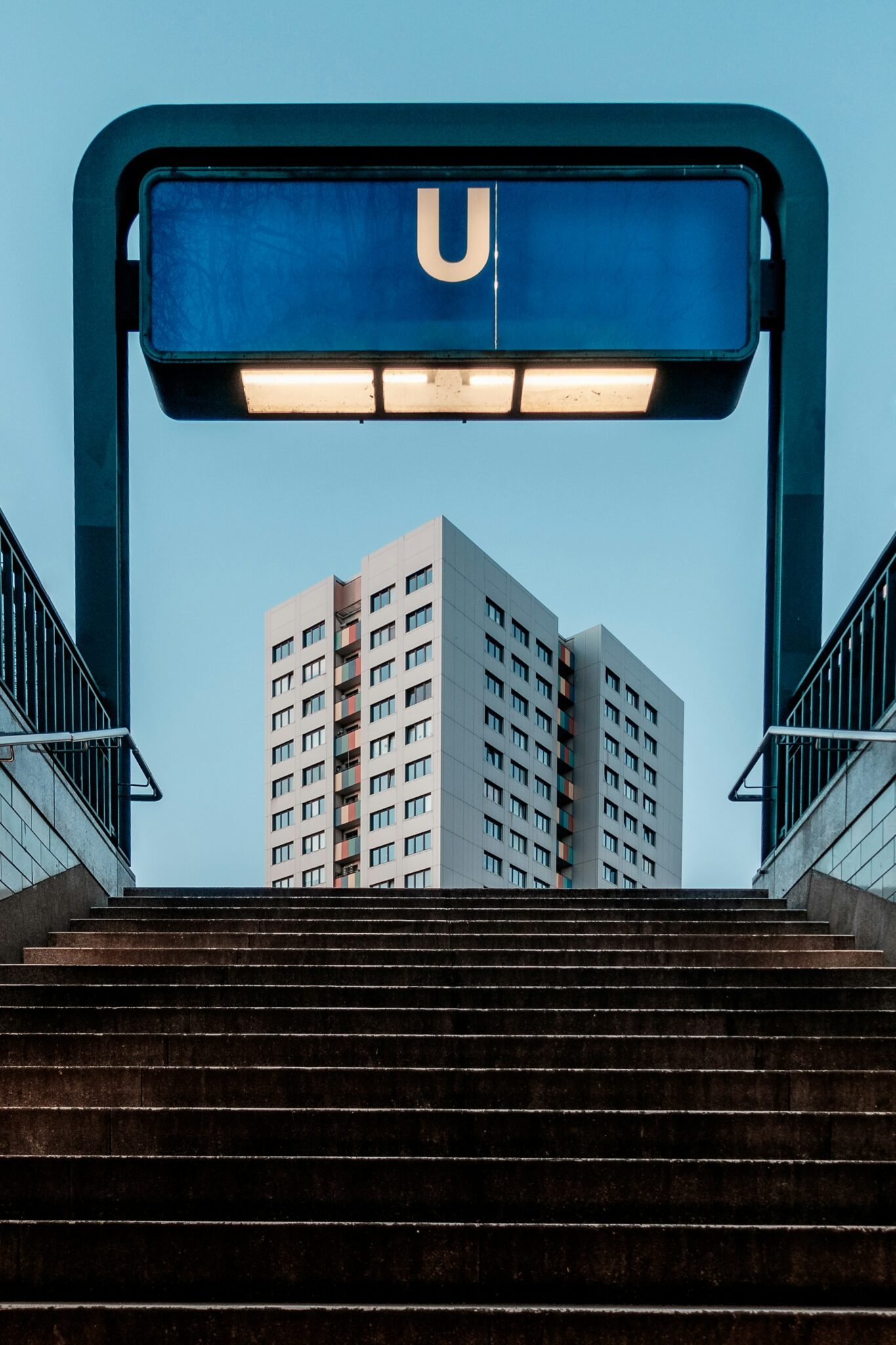
This metropolitan character, forged in isolation and defiance, is what carried Berlin through the division and into the modern era.
When the Wall fell, the city was suddenly whole again, a living museum of the tumultuous 20th century. A walk through its streets is a walk through layers of history. There is the site of Leibniz’s first Academy of Sciences, the balcony from which the Kaiser promised his troops they would be ‘home by Christmas’ in 1914, and the very spot where Karl Liebknecht declared a socialist republic four years later. There are the chilling remnants of the Nazi regime: the location of Hitler’s bunker, the imposing former Air Ministry, and the train stations from which the city’s Jews were deported to their deaths. There is the building in Karlshorst where the German military surrendered to the Soviets, and everywhere, the faint, ghostly trace of where the Wall once snaked its oppressive path.
The reunification, celebrated with such joy, brought profound challenges. The decision to exchange the East German Mark for the powerful Deutschmark on a one-to-one basis was a political necessity but an economic disaster for the East. Its industries, unable to compete, collapsed overnight. For many East Germans, the promise of freedom was accompanied by the harsh reality of unemployment and a sense that their entire lives had been invalidated.
Today, Berlin thrives not as an industrial or financial titan, but as a global capital of culture, creativity, and technology. It is a city of artists, start-ups, and innovators, drawn by its relatively low cost of living and its atmosphere of tolerance and possibility.
While Germany’s powerful industrial giants like BMW, Mercedes Benz, BASF, and Siemens are headquartered elsewhere, Berlin has reinvented itself as a hub for the new economy.
The city that was once the headquarters of Europe’s most rigid military state is now celebrated for its chaotic, free-spirited energy. It remains a city in constant flux, perpetually unfinished, forever grappling with its own identity.
–
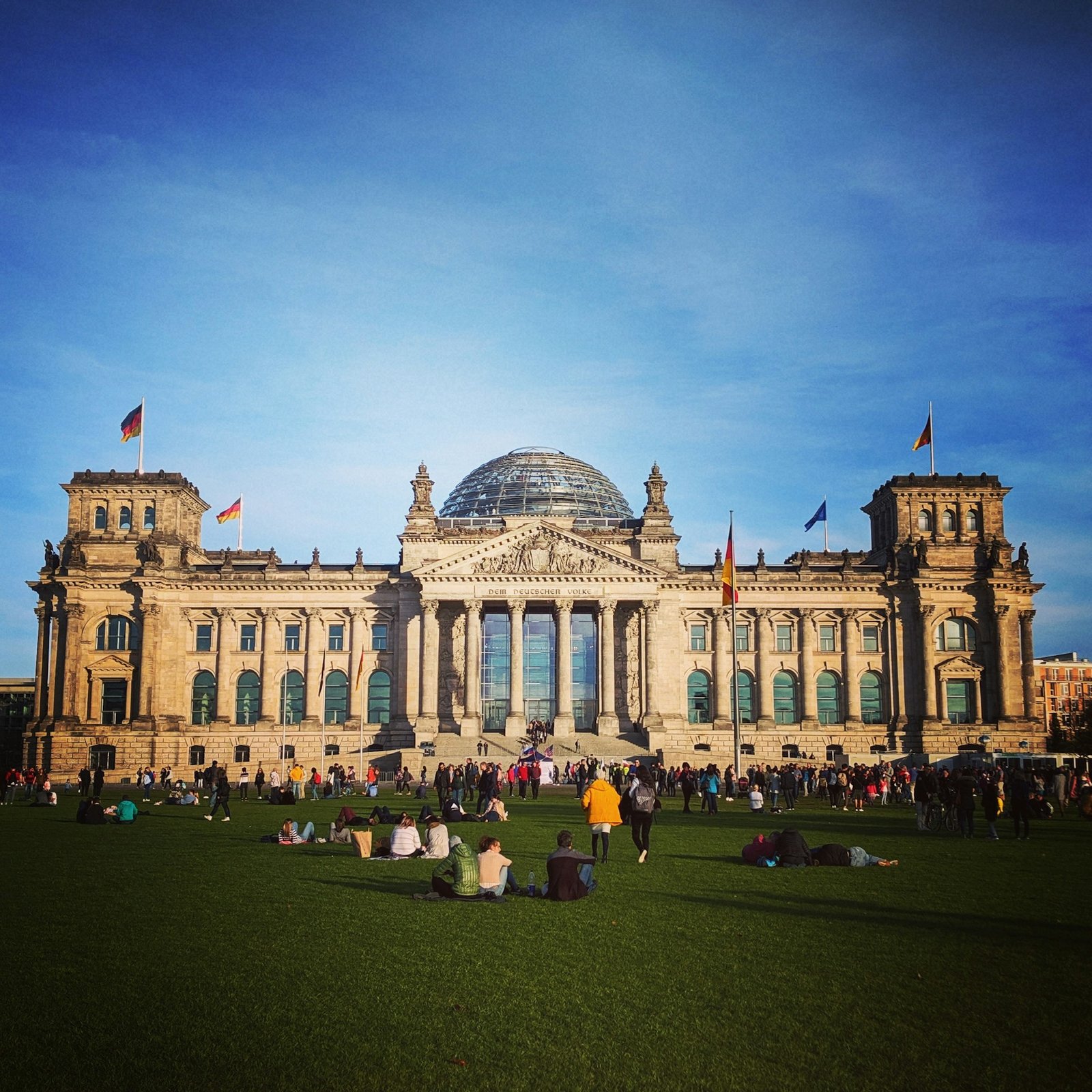
Conclusion
“I find Berlin highly disagreeable. Nothing but dust and dire crowds of people running around as if a minute cost them 10 Mark […] I share your aversion towards the city wholeheartedly, it is a hideous place. But I fear I will be forced to live here for much longer.”
Ernst Reuter, West Berlin Mayor 1948-1953
It is all too easy to be seduced by the singularity of history, to believe that what is now was always meant to be. But Berlin’s status as Germany’s capital was never inevitable. It was the product of a series of historical accidents, iron-willed ambitions, and conscious, often painful, choices. It could have been Frankfurt, the historic site of imperial coronations, or Munich, the heart of Bavaria. For forty years, it was the quiet, unassuming town of Bonn.
That Berlin would not only emerge from the ashes of 1945 but also reclaim its role as the capital of a peaceful, democratic, and unified Germany is a testament to the city’s unique place in the world.
Its journey was not a straight line to greatness but a violent, chaotic path. The city’s power stemmed first from the military ambition of Prussia, which used Berlin as the headquarters for its project of German unification through “iron and blood.” It was then turbocharged by an industrial revolution that made it the economic engine of a new empire. It was later captured and remade by the Nazis as the heart of a criminal regime, and finally torn in two by a global ideological struggle.
The 1991 decision to return the seat of government to Berlin was a profound act of faith. It was a choice to embrace the city’s entire history, the brilliant and the barbaric, and to build the future on that complex, contested ground. Berlin stands as proof that a city built on a swamp, in the sandbox of an old empire, can endure the worst of human history and rise again, not just as a capital, but as a symbol of hope and transformation for the entire world.
***
If you’ve enjoyed reading this article, consider booking one of our private guided tours of Berlin.
Sources
Berlin Underworlds Association (Ed.) (2008), Mythos Germania: Shadows and Traces of the Reich Capital, Edition Berliner Unterwelten, ISBN 978-3-937863-09-0.
Blanning, Tim (2015), Frederick the Great: King of Prussia, Allen Lane, ISBN 978-1-84614-177-6.
Chrastil, Rachel (2023), Bismarck’s War: The Franco-Prussian War and the Making of Modern Europe, Penguin Books, ISBN 978-0-14-199843-5.
Clark, Christopher (2006), Iron Kingdom: The Rise and Downfall of Prussia 1600–1947, Penguin Books, ISBN 978-0-14-029334-0.
Clark, Christopher (2023), Prisoners of Time: Prussians, Germans and Other Humans, Penguin Books, ISBN 978-0-14-199728-5.
Hawes, James (2017), The Shortest History of Germany, Old Street Publishing, ISBN 978-1-908904-43-3.
Hoyer, Katja (2021), Blood and Iron: The Rise and Fall of the German Empire 1871–1918, The History Press, ISBN 978-0-7509-9910-3.
Information Centre Berlin (1983), East Berlin, Verlag Information Centre Berlin, ISBN unavailable.
Kampfner, John (2023), In Search of Berlin: The Story of Europe’s Most Important City, Atlantic Books, ISBN 978-1-83895-992-0.
MacLean, Rory (2014), Berlin: Imagine a City, Weidenfeld & Nicolson, ISBN 978-0-297-87042-0.
McKay, Sinclair (2022), Berlin: Life and Loss in the City That Shaped the Century, Penguin Books, ISBN 978-0-241-98715-5.
Mitford, Nancy (1970), Frederick the Great, Hamish Hamilton, ISBN 978-0-241-02207-8.
Richie, Alexandra (1998), Faust’s Metropolis: A History of Berlin, Carroll & Graf, ISBN 978-0-7867-0529-2.
Speer, Albert (1970), Inside the Third Reich, Sphere Books, ISBN 978-0-7221-5309-2.
White-Spunner, Barney (2019), Berlin: The Story of a City, Simon & Schuster, ISBN 978-1-4711-7635-0.
Wilson, Peter H. (2016), The Holy Roman Empire: A Thousand Years of Europe’s History, Allen Lane, ISBN 978-1-84614-318-3.
HISTORICAL ARTICLES
Mythbusting Berlin

Are There Any Nazi Statues Left In Berlin? – Mythbusting Berlin
Visitors to Berlin often arrive expecting to find the physical remnants of the tyranny of the 20th century still standing – statues of dictators, triumphal arches, or bronze idols. Instead, they often find none. The stone symbols and statues of the Third Reich are still gazing down on them, however, hiding in plain sight. But why are there no statues of Hitler? Did the Allies destroy them all in 1945, or is the truth stranger
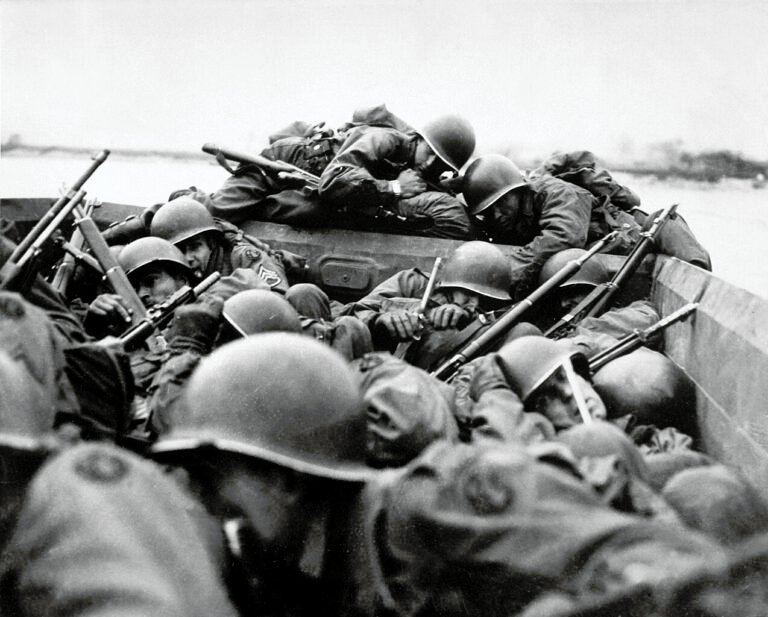
Could The Western Allies Have Captured Berlin? – Mythbusting Berlin
To contemplate a Western Allied capture of Berlin in 1945 is to challenge the established endgame of the Second World War. What was the true military and logistical feasibility of a Western Allied assault on the Nazi capital? What factors truly sealed Berlin’s fate, and what might have changed had the Allies pushed eastward?
Answering these questions means delving into the complex interplay of logistics, political maneuvering, and the competing visions for a post-war world
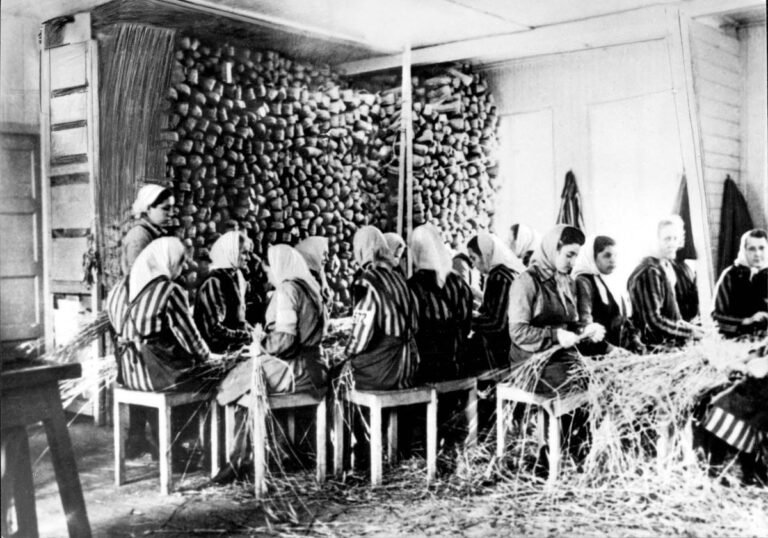
Did Any Of The Rothschild Dynasty Die In The Holocaust? – Mythbusting Berlin
The Rothschild name is synonymous with immense wealth, influence, and persistent conspiracy theories—especially during the era of Nazi Germany. Often targeted by antisemitic propaganda, the family’s survival during World War II has sparked myths about their supposed immunity from Nazi persecution. But did any Rothschild family member actually perish in the Holocaust? This article explores that compelling question, unraveling historical misconceptions and revealing the reality behind one of Europe’s most famous dynasties.
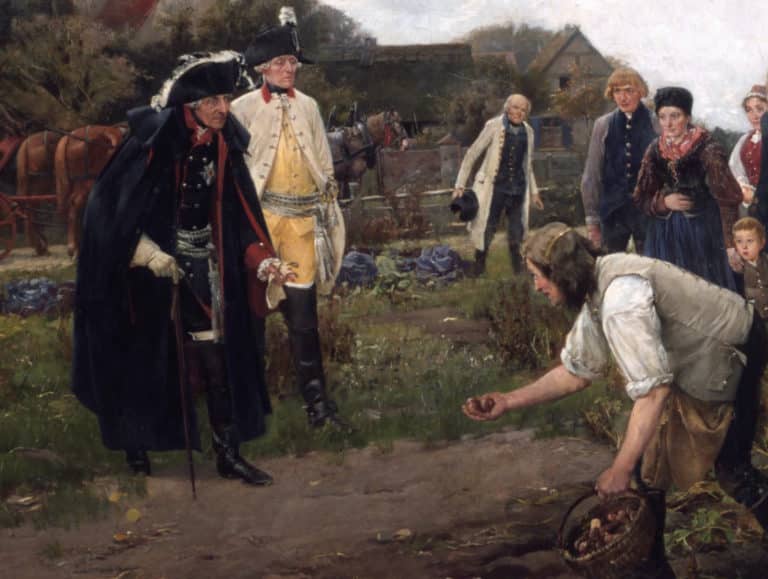
Did Frederick The Great Introduce The Potato To Germany? – Mythbusting Berlin
One of the more bizarre claims to fame attributed to the first King of Prussia is that the man who would go down in history known as Frederick the Great introduced the potato to Germany during his reign back in the 1700s. This starchy root vegetable has undoubtedly become a staple part of German cuisine – an essential addition to any plate of Schnitzel, Schweinshaxn, and Königsberger Klopse – however, whether Frederick the Great is
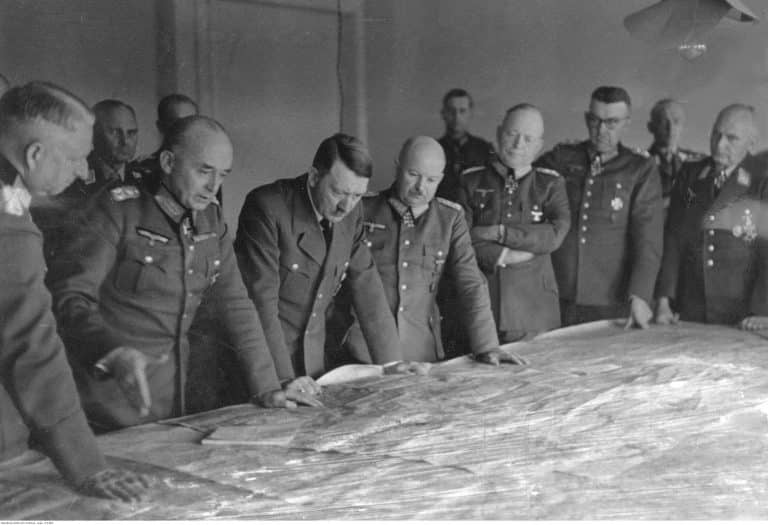
Did Hitler Escape To Argentina In 1945? – Mythbusting Berlin
Although Nazi leader, Adolf Hitler, certainly remains an inescapable figure, could there be any truth to the story of his escape to Argentina in 1945? That the most wanted man on earth could simply vanish, to spend the rest of his life peacefully in South American obscurity captivates imaginations. Yet, despite numerous investigations, this tale persists primarily as myth—fueled by speculation, hearsay, and conspiracy theories.
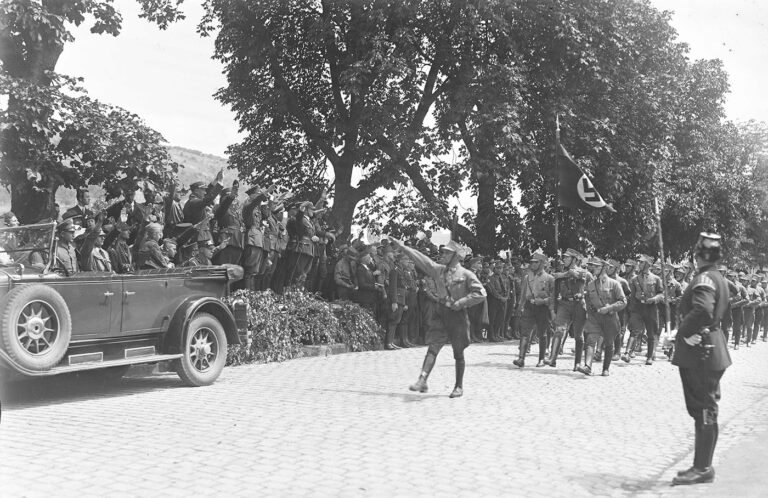
Did Hugo Boss Design The Nazi Uniforms? – Mythbusting Berlin
The idea that Hugo Boss – the man whose name now adorns expensive suits and fragrances – was the creative genius behind the Nazi uniforms suggests a terrifying collision of haute couture and holocaust – a marriage of high style and high crimes. The image is striking: a German tailor sketching the ultimate villain’s costume. But history, as usual, is far messier, more bureaucratic, and more banal than the internet memes suggest. To understand who
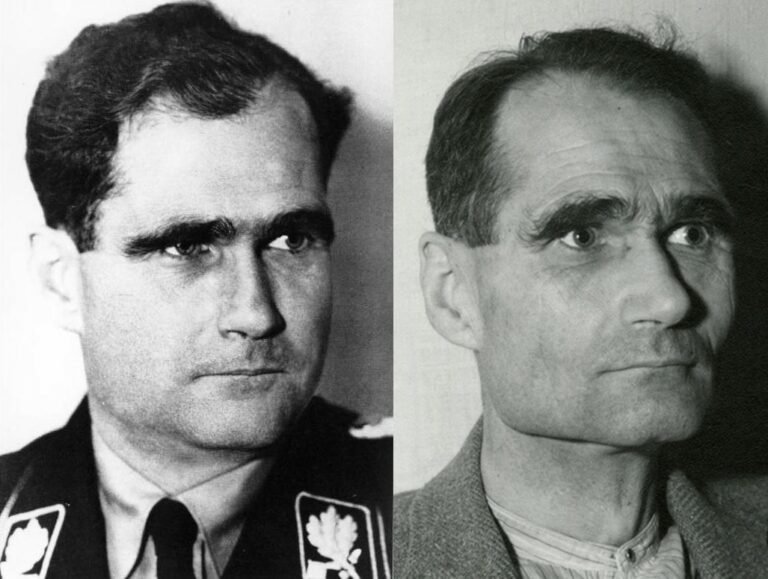
Did Rudolf Hess Really Commit Suicide? – Mythbusting Berlin
On a summer’s day in 1987, the last Nazi war criminal of the Nuremberg trials was found dead in a prison built for hundreds, yet for two decades, housed only him. The official verdict was suicide, a straightforward end to a life defined by fanaticism, delusion, and contradiction.
But the simplicity of the report belied the complexity of the man and the 46 years he had spent in Allied custody. In the meticulously controlled
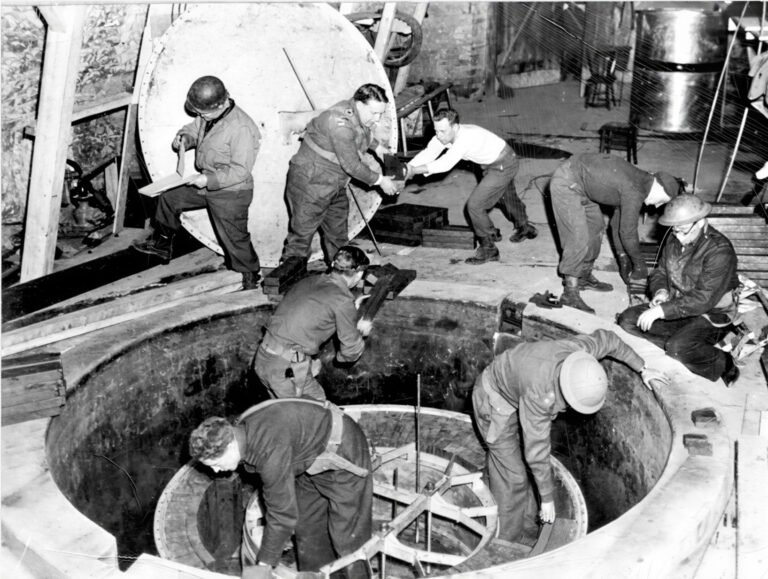
Did The Nazis Develop Nuclear Weapons? – Mythbusting Berlin
The Nazi obsession with super-weapons became so serious in the closing stages of the Second World that Adolf Hitler personally believed that such ‘Wunderwaffen’ both existed in a usable form – and would save the country from defeat. Had the Nazis managed to develop nuclear weapons by 1945 – the outcome of the war would surely have been different. But how close were Hitler, Himmler, and his henchmen to developing an A-bomb?

Did The Nazis Invent Decaf Coffee? – Mythbusting Berlin
Persistent rumors claim that Nazis preferred their coffee anything but pure, leading some to wonder if they might have influenced the development of decaffeinated coffee. Although decaf was already widely available across Europe by the mid-20th century, speculation continues: could the Nazis really have played a role in popularizing—or even discovering—this caffeine-free alternative, or is this simply another caffeinated conspiracy cooked up to sensationalize an ordinary historical detail?

Did The Nazis Invent The Bicycle Reflector? – Mythbusting Berlin
The fruits of wartime ingenuity are plenty – so many, in-fact, that it has become somewhat of a worn cliche that as the guns start firing the innovators get to work, often solving problems while providing more problems for the enemy to overcome.The kind of progress that results in the production of newer improved, more lethal weapons, such as to increase the chances of victory.
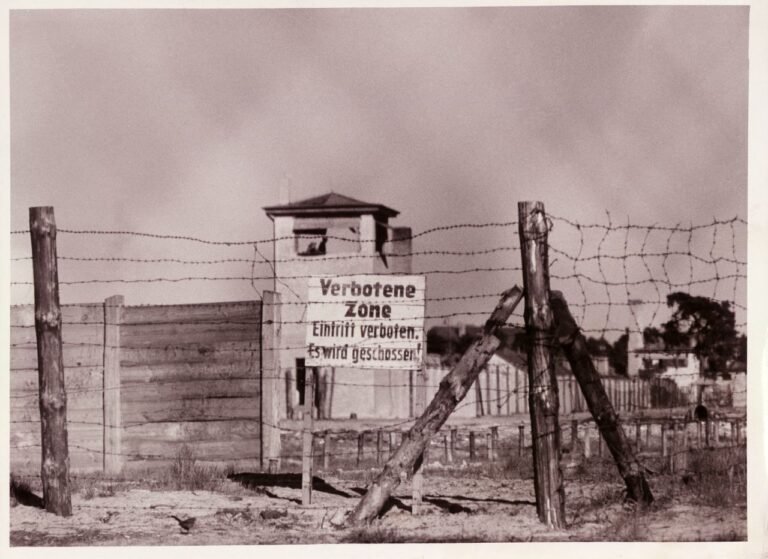
Did The Nazis Run The Largest Counterfeiting Operation In History? – Mythbusting Berlin
During the Second World War the Nazis masterminded an astonishing plot to destabilise Britain by flooding its economy with counterfeit banknotes. Crafted in secret by concentration camp prisoners, this forged fortune became the most ambitious counterfeiting operation ever attempted. But was it history’s largest? Dive into the extraordinary tale of Operation Bernhard,
rife with deception, survival, and intrigue—revealing the truth behind one of the Third Reich’s most audacious schemes and its surprising legacy.
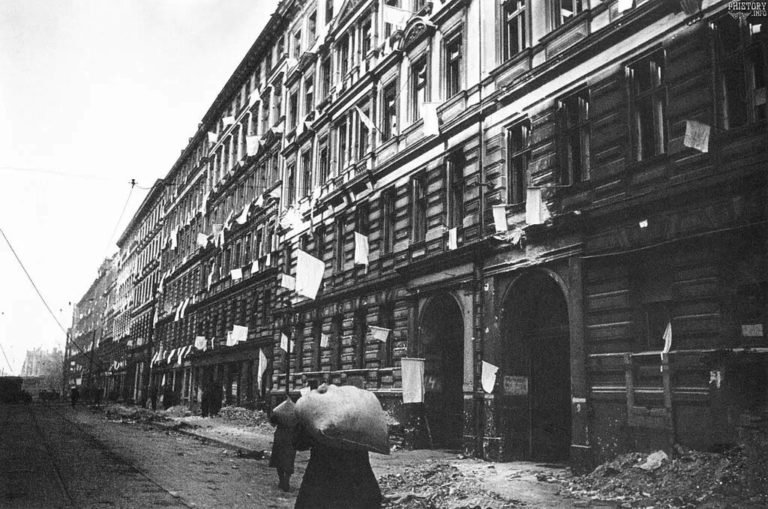
Did The Second World War End In Berlin? – Mythbusting Berlin
When is a war ever truly over? When the last shot is fired in anger would seem like the best measure. Rarely, though, is it possible to gain insight into such a moment.
Remarkably, a record still exists of such a moment at the end of the First World War on the Western Front. A seismic register and recording of the last belching battery of British guns firing artillery across no-man’s-land, followed by a profound
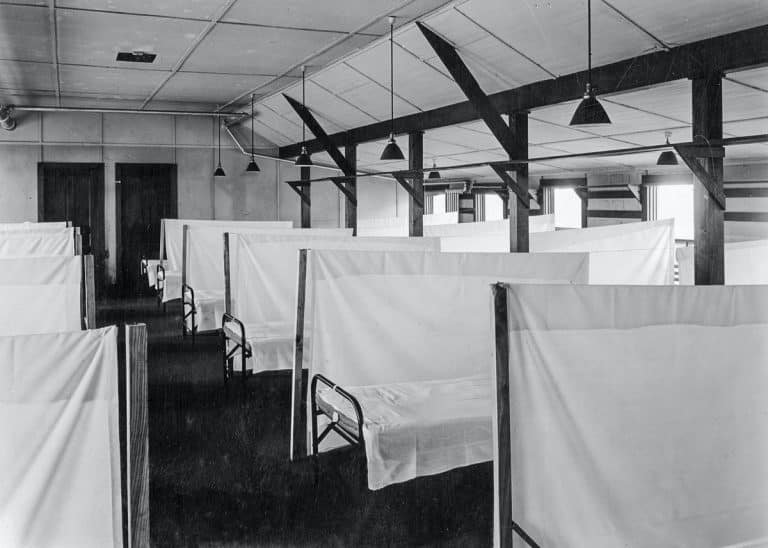
Did The Spanish Flu Pandemic Help The Nazis Take Power? – Mythbusting Berlin
The devastating Spanish Flu pandemic of 1918-1919 struck amid Germany’s post-war turmoil, compounding social instability, economic hardship, and widespread political disillusionment. Could this catastrophic health crisis have indirectly paved the way for Nazi ascension? While often overshadowed by war and revolution, the pandemic’s profound psychological and societal impacts arguably contributed to the perfect storm, enabling extremist ideologies—including Nazism—to gain popularity and ultimately seize power in a fractured Germany.
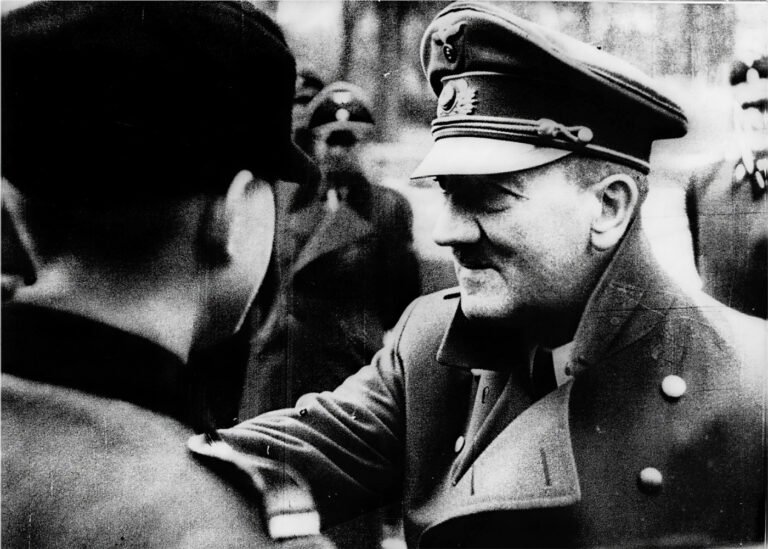
Have Adolf Hitler’s Remains Been DNA Tested? – Mythbusting Berlin
In the smouldering ruins of Berlin in 1945, the world’s most wanted man vanished. Did Adolf Hitler, as official history attests, die by his own hand in the Führerbunker? Or did he escape, fuelling a thousand conspiracy theories that have echoed for decades? For years, the Soviets claimed to hold the gruesome proof of his death: a skull fragment and a set of teeth, locked away in Moscow archives. But in an age of definitive
How Did The Nazi Concentration Camps Differ From The Soviet GULAG?
The Nazi concentration camps and Soviet Gulag system have often been conflated in popular imagination—twin symbols of twentieth-century totalitarian horror. Yet the two systems operated on fundamentally different principles. One extracted labor to fuel industrialisation while accepting mass death as collateral damage; the other evolved into purpose-built machinery of genocide. Understanding these distinctions isn’t merely academic—it reveals how different ideologies produce different atrocities, and why Germany and Russia reckon with these legacies so differently today.

How Long Did It Take To Build The Berlin Wall? – Mythbusting Berlin
It is one of the most enduring images of the 20th century: a city divided overnight. The popular narrative tells us that Berliners went to sleep in a unified city and woke up in a prison. While the shock of August 13th 1961, was very real, the idea that the ‘Wall’ appeared instantly is a historical illusion. The physical scar that bisected Berlin was not a static creation, but a living, malevolent beast that evolved

How Many Assassination Attempts On Adolf Hitler Were There? – Mythbusting Berlin
Nazi leader, Adolf Hitler, projected an aura of invincibility, a man of destiny shielded by providence. But behind the carefully constructed image of the untouchable Führer lies a story of constant threat, of bombs that failed to detonate, and errant bullets that missed their mark. Unearth the hidden history of the numerous attempts on Hitler’s life as we explore the courage of those who tried to change the course of history and the devil’s luck
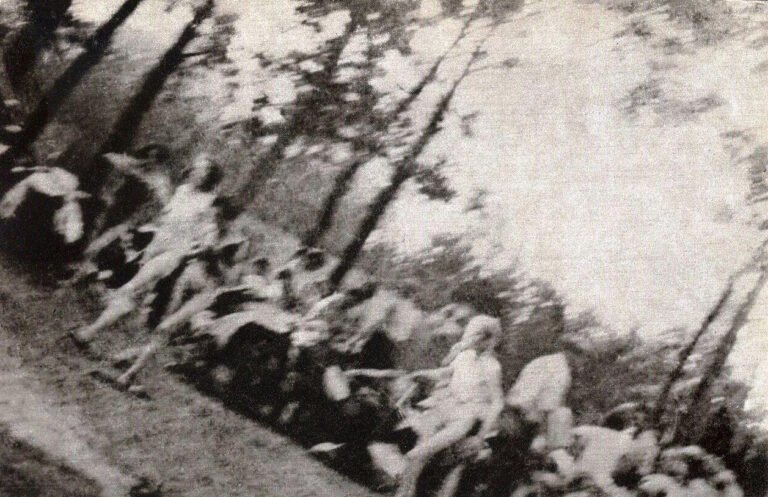
How Many Jews Died In The Holocaust? – Mythbusting Berlin
The answer to the question posed of how many Jews died in the Holocaust is a simple one: too many. That merely one death was an unforgivable obscenity is a fundamental and necessary realisation in understanding the capriciousness of this unparalleled racial genocide. To comprehend, however, the full number of Jews murdered in Europe by the Nazi regime in the 1930s and 1940s is a detective story of epic proportions: the evidence overwhelming, multifaceted, and
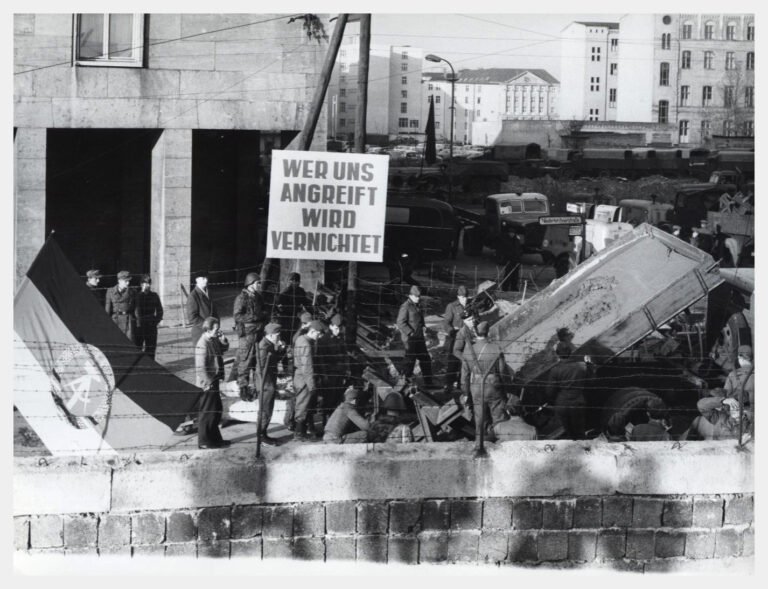
How Many People Died Trying To Escape East Germany? – Mythbusting Berlin
The image of the Berlin Wall is seared into our collective memory, a concrete symbol of Cold War oppression. We think of the daring escapes and the tragic deaths of those who failed. But that well-known number is only a fraction of the truth. The story of those who died trying to escape East Germany is far broader and more complex than most imagine, stretching along a thousand-kilometer border and out into the cold waters
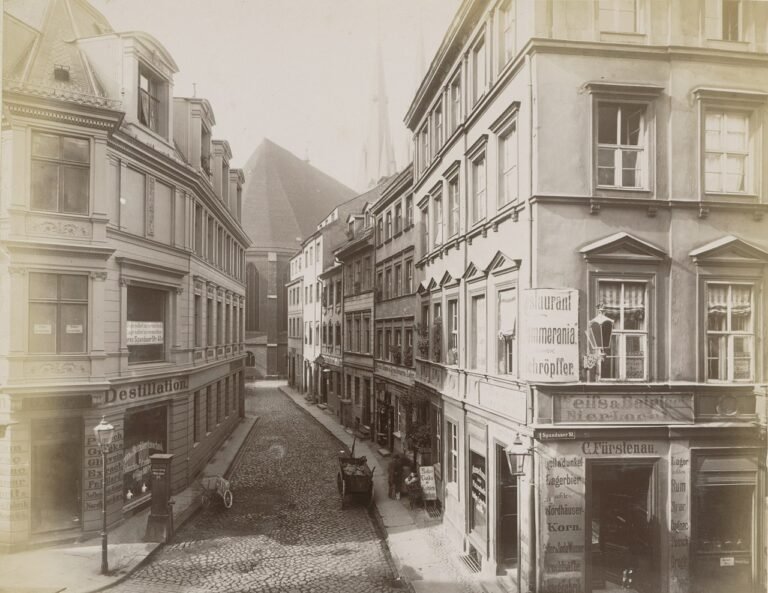
How Old Is Berlin? – Mythbusting Berlin
A relatively new arrival in Europe, Berlin is over 1000 years younger than London, nevermind Rome or Athens, Jerusalem or Jericho. Just how old is Berlin though?
A question fraught with false assumptions and distortions – that has more often than not been answered with propaganda as it has with the cold hard truth.
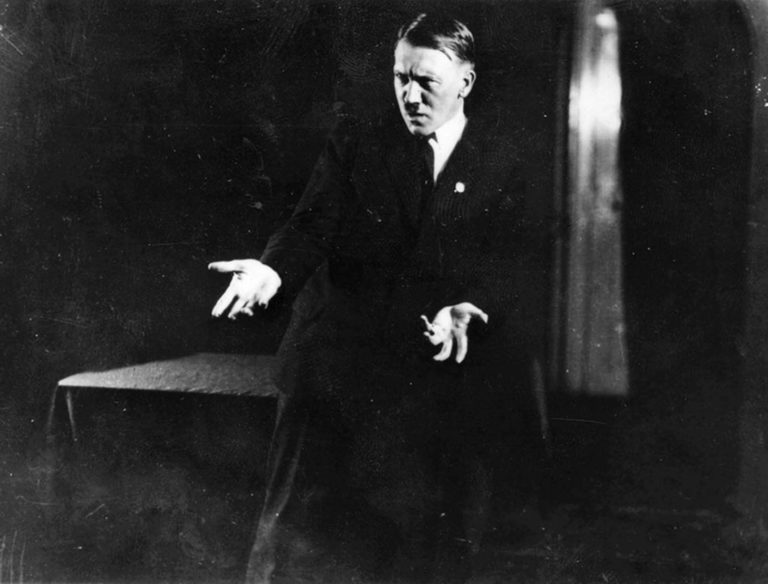
Was Adolf Hitler A Drug Addict? – Mythbusting Berlin
Solving the enigma of the ‘Führer’ has become a preoccupation for many, since the arrival of the Austrian-German onto the world stage – although moving beyond the mythology without falling into the trap of prejudically extrapolating on the psychopathography of Hitler or demonising so as to excuse his actions has proven problematic. What to make of the man who became more than the sum of his masks? The painter; the military dilettante, the mass murderer,
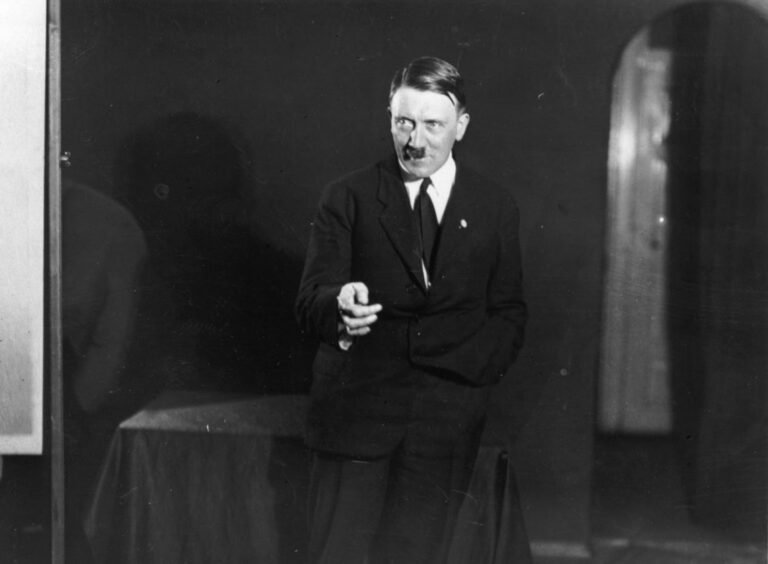
Was Adolf Hitler A Freemason? – Mythbusting Berlin
History abhors a vacuum, but adores a mystery. Such is the speculative fiction suggesting a secret allegiance behind the rise of the Third Reich – that the catastrophe of the Second World War was orchestrated from the shadows of a Masonic lodge. The image of Adolf Hitler—the drifter from Vienna turned dictator—as a covert initiate of the very brotherhood he publicly reviled, however, creates a paradox that collapses under scrutiny. As when we unlock the

Was Adolf Hitler Gay? – Mythbusting Berlin
In the shadowy corridors of Third Reich history, few questions provoke as much tabloid curiosity and scholarly exasperation as the sexuality of Adolf Hitler. For decades, rumors have swirled—whispered by political enemies in 1930s Munich, psychoanalyzed by American spies in the 1940s, and sensationalized by revisionist authors today. Was the dictator who condemned thousands of men to concentration camps for “deviant” behavior hiding a secret of his own? By peeling back the layers of propaganda,
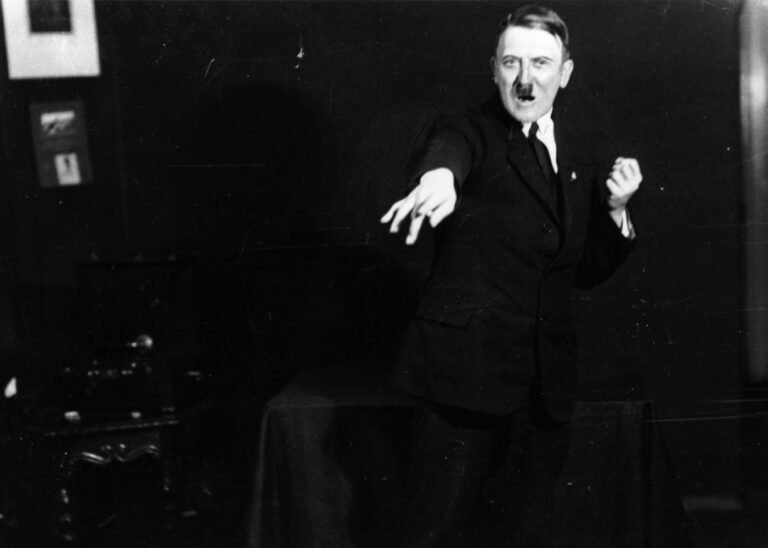
Was Adolf Hitler Jewish? – Mythbusting Berlin
Was the dictator who orchestrated the murder of millions of European Jews secretly one of them? It is perhaps the darkest irony imaginable, a story whispered for decades in backrooms, bars, and conspiracy forums alike. The most-common rumour – the ‘Frankenberger Myth’ – suggests that Adolf Hitler’s paternal grandfather was Jewish, a secret so damaging it could have unraveled the entire Nazi regime. But where does this claim come from? And, more importantly, is there
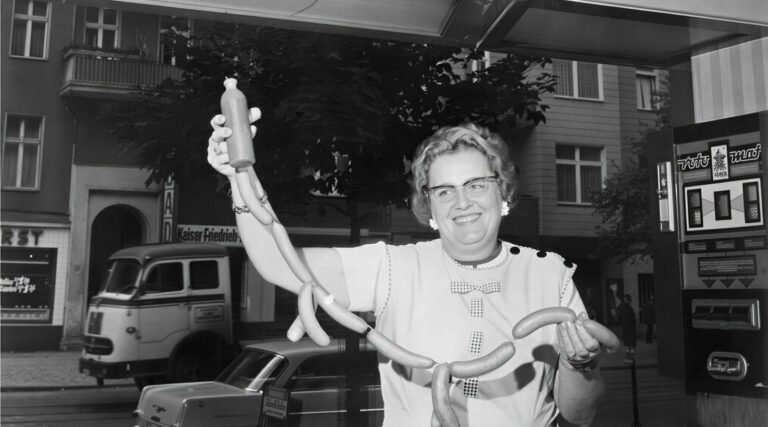
Was Currywurst Invented In Berlin? – Mythbusting Berlin
Explore the story behind what many consider Berlin’s most iconic snack—the ever-so-humble Currywurst. Often hailed as an enduring symbol of culinary creativity amid Cold War scarcity, this humble dish has inspired fierce debate about its true origin. But was it genuinely invented here in Berlin, or have proud locals simply adopted and elevated this spicy street-food favorite into legendary status all their own?

Was Fanta Invented By The Nazis? – Mythbusting Berlin
As one of the most secretive organisations in the world, the Coca Cola corporation refuses to share its secret recipe with anyone. Famously insisting only on shipping the base syrup of its drinks to plants around the world to be carbonated and distributed.
This combined with the trade limitations of the Second World War may have led to the introduction of one of the most popular soft-drinks in the world. But could it be true:
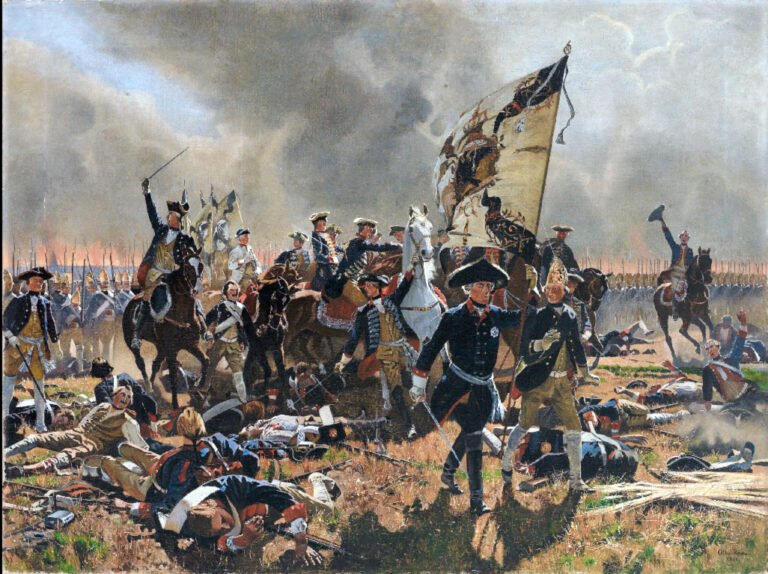
Was Frederick The Great Gay? – Mythbusting Berlin
Frederick II of Prussia, better known as Frederick the Great, is often remembered as the archetypal enlightened monarch – a brilliant military commander, patron of the arts, and learned philosopher. Yet behind the stern portraits of this 18th-century warrior-king lies a personal life long shrouded in intrigue and speculation. Intrigue around the king’s sexual orientation has persisted through the centuries, chiefly revolving around one question: Was Frederick the Great gay?
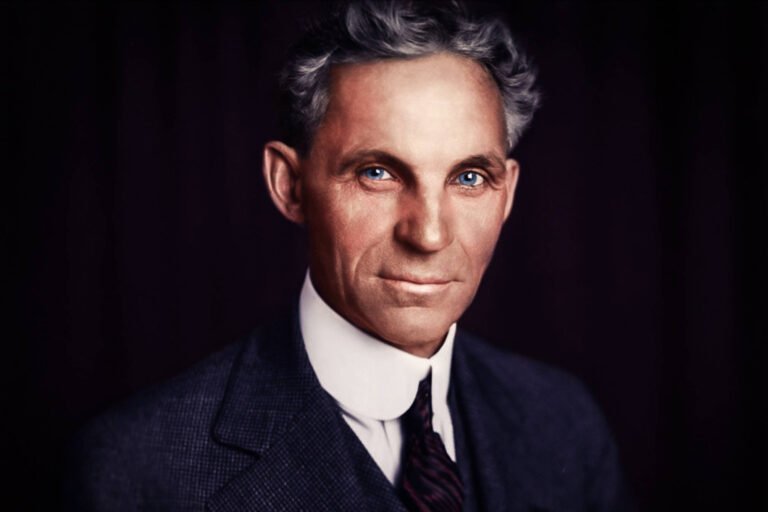
Was Henry Ford A Nazi? – Mythbusting Berlin
US auto tycoon, Henry Ford, holds the ignominious distinction of being the only American Adolf Hitler praised by name in his National Socialist manifesto: ‘Mein Kampf’. This was not, as it turns out, the only connection between Ford and the Party of Hitler, Himmler, and the Holocaust.
Ford’s overt affinity with the Third Reich reveals a troubling past. How deep these connections ran, and how consequential they were for both sides, is a chapter

Was The Colour Blue Invented In Berlin? – Mythbusting Berlin
Tracing the true history of blue—from ancient Egyptian dyes to the accidental discovery of Prussian Blue in a Berlin lab. We’ll debunk myths about seeing blue, explore colonial indigo plantations, scale mountains with a cyanometer, and trace Van Gogh’s starry skies—all to answer one question: how did Berlin shape our understanding of the world’s rarest color?

Was The Döner Kebab Invented In Berlin? – Mythbusting Berlin
Unlikely icon of immigrant success; fast food symbol of the working class; over-hyped midnight disco eat; or culturally appropriated cuisine? Its influence goes far beyond layers of seasoned meat and fresh vegetables stuffed into pita bread. But does Berlin deserve credit as the Döner Kebab’s true birthplace, or has the city merely refined and popularized a culinary tradition imported from elsewhere?

Was The Fall Of The Berlin Wall An Accident? – Mythbusting Berlin
On a seasonally crisp night in November 1989, one of the most astonishing events of the 20th century occurred. After twenty eight years, three months, and twenty eight days of defining and dividing the German capital, the Berlin Wall ceased to exist – at least in an abstract sense. Although the removal of this symbol of the failure of the East German system would take some time, its purpose – as a border fortification erected

Was The Nazi Party Democratically Elected? – Mythbusting Berlin
The myth persists that Adolf Hitler rose to power through popular democratic choice. Yet history reveals a darker, more complicated truth. Hitler’s ascent involved exploiting democratic institutions, orchestrating violence, propaganda, and political intrigue—not a simple election victory. Understanding how Germany’s democracy collapsed into dictatorship helps illuminate the dangerous interplay between public desperation, elite miscalculations, and extremist ambition, providing crucial lessons for safeguarding democracy today.
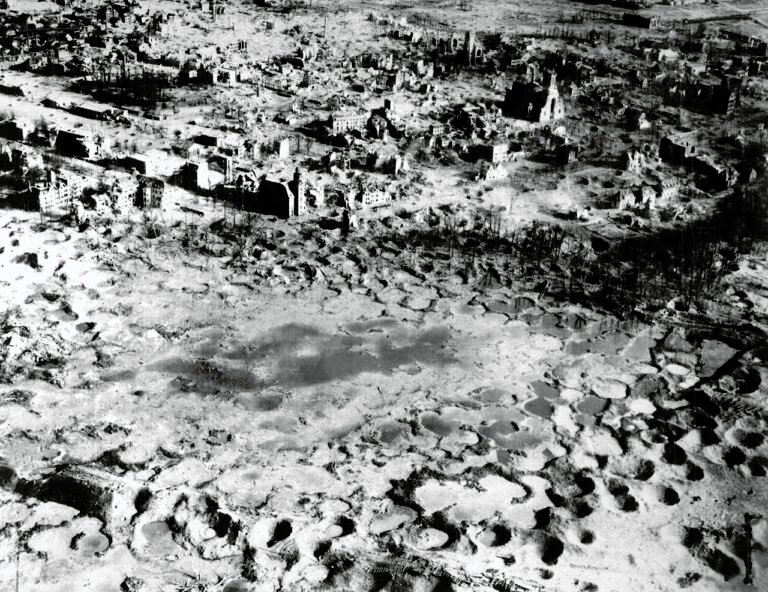
Were The Allied Bombings Of Germany War Crimes? – Mythbusting Berlin
The history of the Allied bombing of Germany during the Second World War still triggers fierce debate. Was reducing cities to rubble a necessary evil – justice from above in a just war – or an unforgivable crime? Can the intentional targeting of civilians ever be justified as militarily necessary?
In a conflict where all rules seemed to vanish, an even more pertinent question persists: by the very standards they would use to judge their

Were The Nazi Medical Experiments Useful? – Mythbusting Berlin
Before the Nazi period, German medicine was considered the envy of the world – a shining monument to progress. But deep within that monument, a rot was spreading, one which would collapse the entire structure into an abattoir. From the wreckage, we are left with a profoundly uncomfortable inheritance: a moral enigma wrapped in doctor’s whites.
What to make of the data, the images, and the terrible knowledge gleaned from unimaginable human suffering. Whether

What Are The Origins Of The Nazi Salute? – Mythbusting Berlin
A specter is haunting the modern mind, a gesture so charged with the dark electricity of history that its mere depiction can unleash a storm of controversy.
It is a simple movement: the right arm, stiff and straight, raised to the sky. But in that simplicity lies a terrifying power, a symbol of a regime that plunged the world into an abyss and a chilling reminder of humanity’s capacity for organised hatred.
This
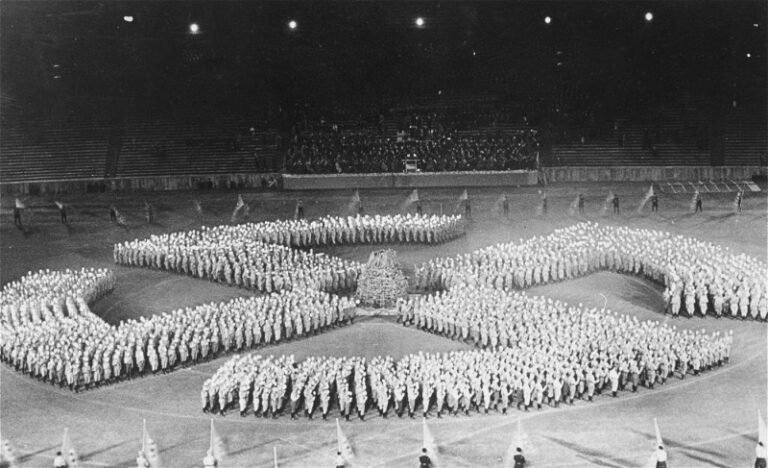
What Are The Origins Of The Nazi Swastika? – Mythbusting Berlin
Long before the legions of the Third Reich marched beneath its stark, unnerving geometry, the swastika lived a thousand different lives. It was a symbol of breathtaking antiquity, a globetrotting emblem of hope and good fortune that found a home in the most disparate of cultures. To even begin to understand its dark 20th-century incarnation, one must first journey back, not centuries, but millennia.
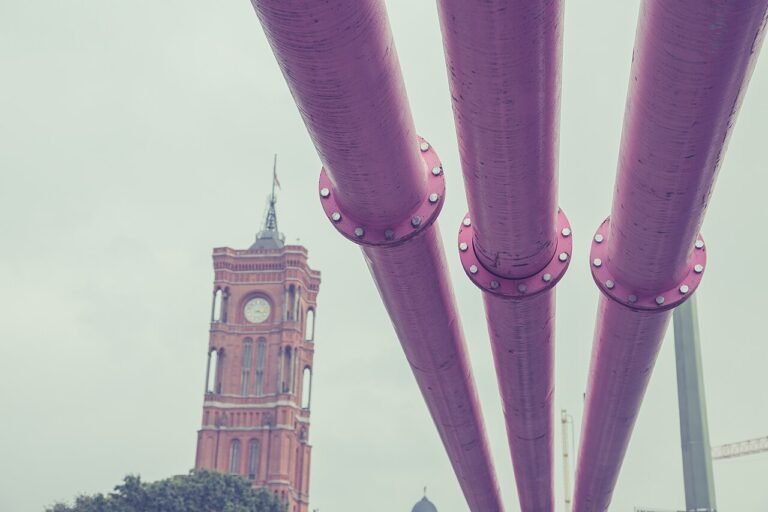
What Are The Pink Pipes In Berlin? – Mythbusting Berlin
A first-time visitor to Berlin could be forgiven for thinking the city is in the midst of a bizarre art installation. Bright pink pipes, thick as an elephant’s leg, climb out of the ground, snake over pavements, arch across roads, and disappear back into the earth. Are they part of a complex gas network? A postmodern artistic statement? A whimsical navigation system? These theories, all logical, are all wrong. The truth is far more elemental,
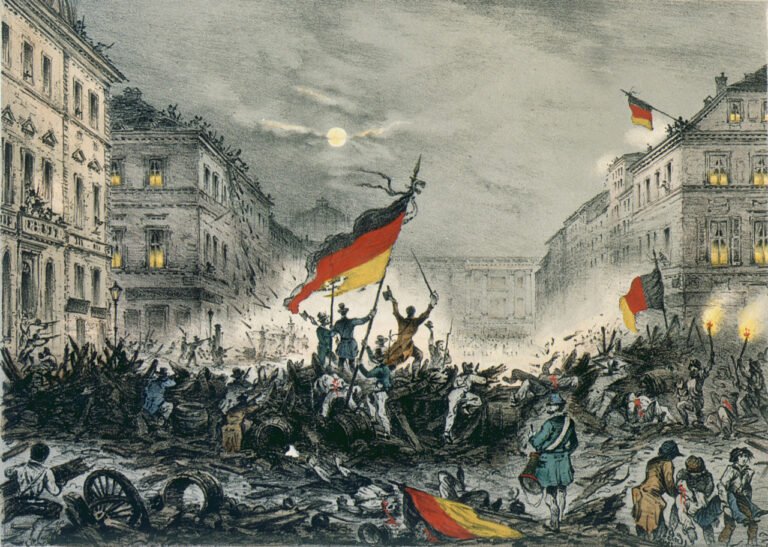
What Do The Colours Of The German Flag Symbolise? – Mythbusting Berlin
What does a flag mean? Is it merely a coloured cloth, or does it hold the hopes, struggles, and identity of a nation? The German flag, with its bold stripes of black, red, and gold, is instantly recognisable. But the story of its colours is a tumultuous journey through revolution, suppression, and reinvention. The common explanation for their symbolism is a simple, romantic verse, yet the truth is a far more complex and contested tale,

What Happened To Adolf Hitler’s Alligator? – Mythbusting Berlin
It is often said that you can tell a lot about a person by their relationship with animals; that owners often come to look and behave like their pets. Or is it perhaps more that people choose their pets to correspond to their personality? Nazi leader Adolf Hitler’s love of dogs, for example, is well documented but what is there to make of his relationship with reptiles?
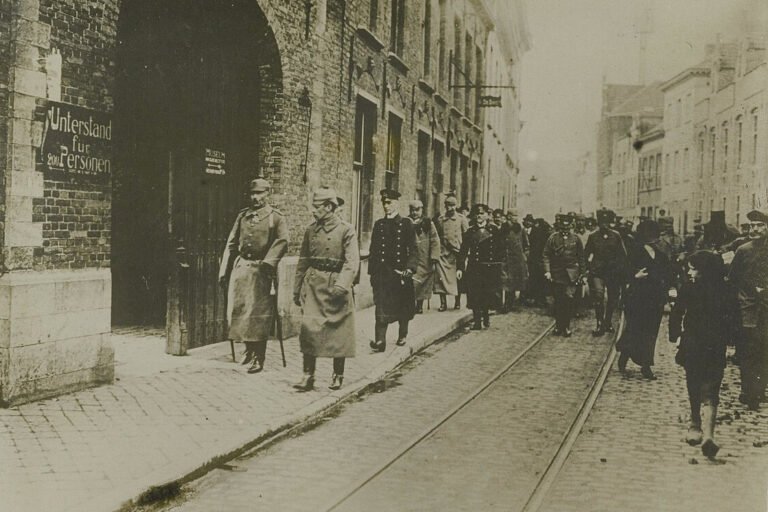
What Happenened To The German Royal Family? – Mythbusting Berlin
When the smoke cleared over the trenches in November 1918, the German Empire had evaporated, and with it, the divine right of the Hohenzollern dynasty. Conventional wisdom suggests the family simply vanished into the sepia-toned obscurity of history books—exiled, forgotten, and irrelevant. But dynasties, like weeds in a landscaped garden, are notoriously difficult to uproot entirely. The story of the German royals did not end with the Kaiser’s flight to Holland; it merely shifted gears.



